Introduction
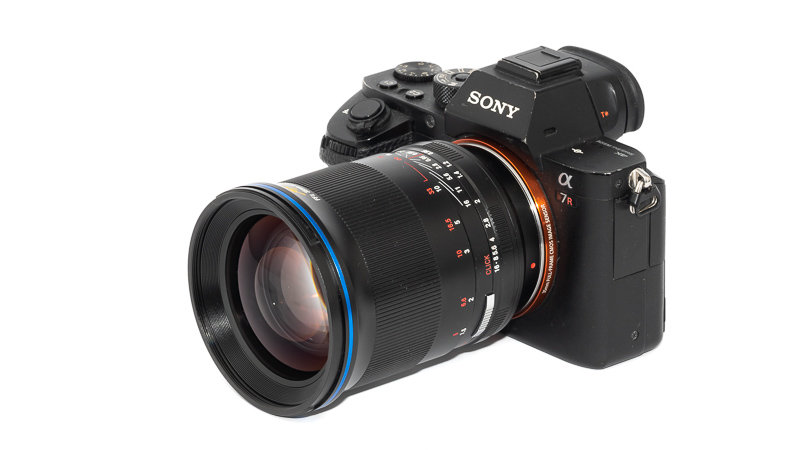
By now I have used over 150 lenses – of which 20 are 35mm lenses and most of them reviewed here – and it is safe to say that nowadays I am rarely excited about a new release in this focal length range. This Laowa 35mm 0.95 is not only the fastest 35mm fullframe lens though, it is also the widest f/0.95 fullframe lens – so two records in one lens (as of 2021 and counting).
Such bold designs often spot noticeable compromises, will this also be the case here? Let us find out in this review.
Last update: May 2023, new samples added
Sample Images
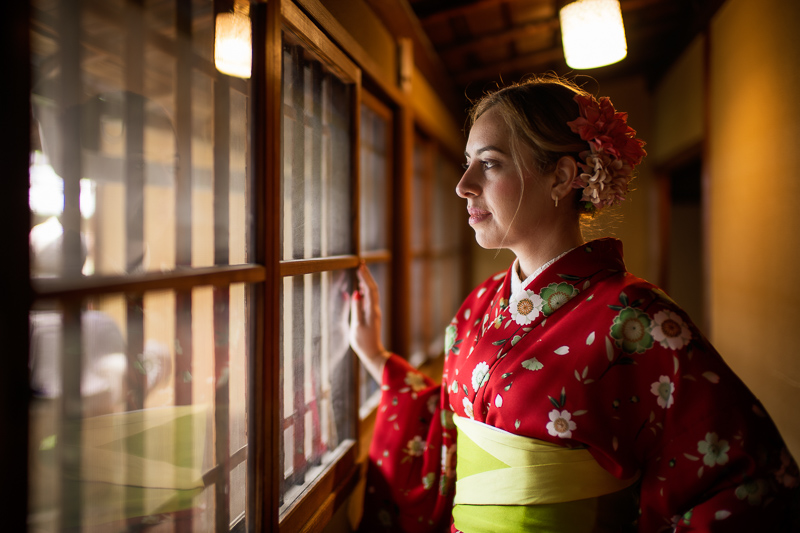

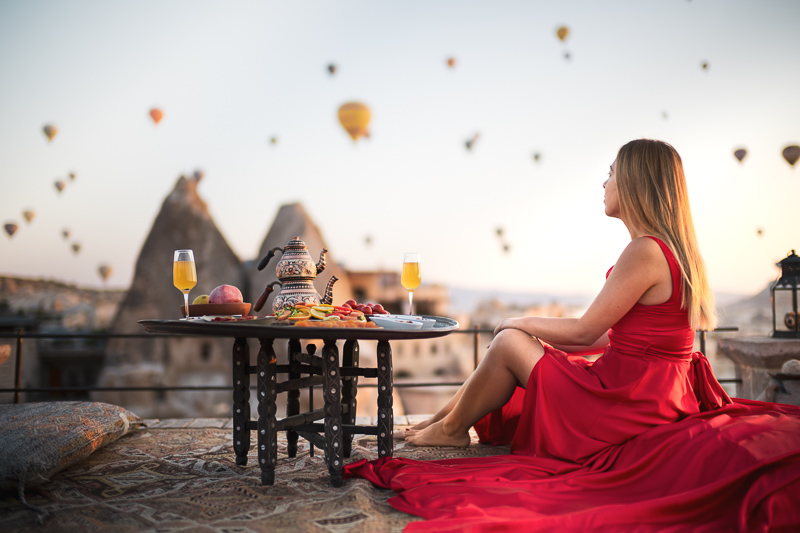
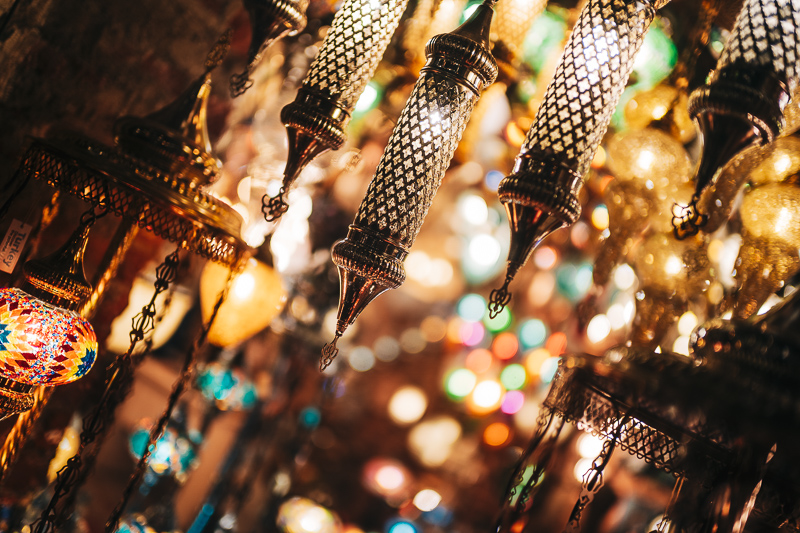
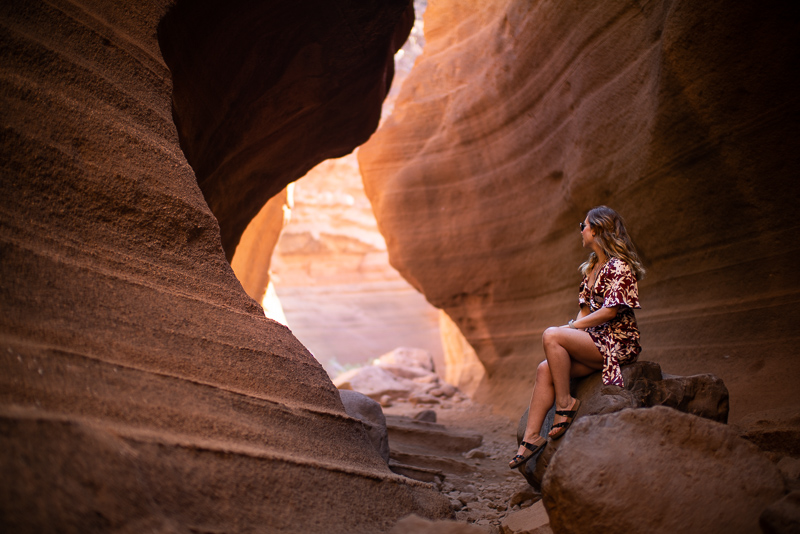
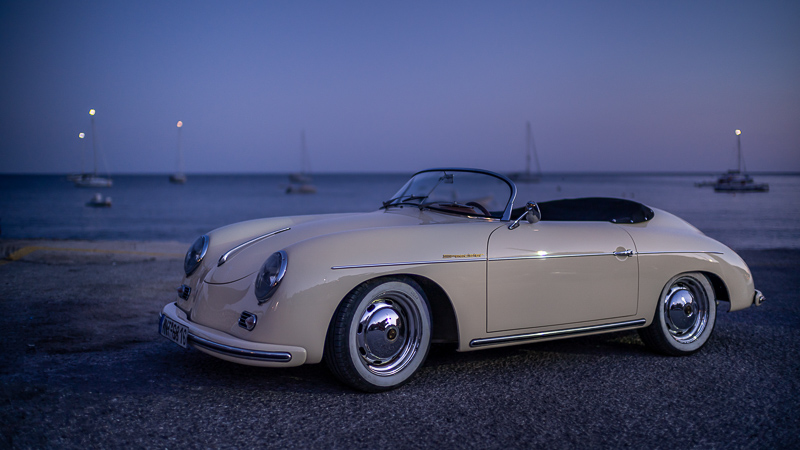
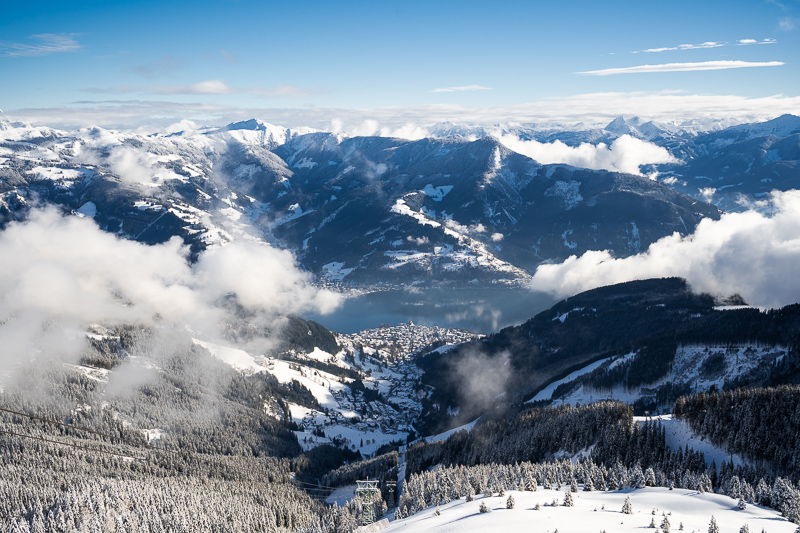
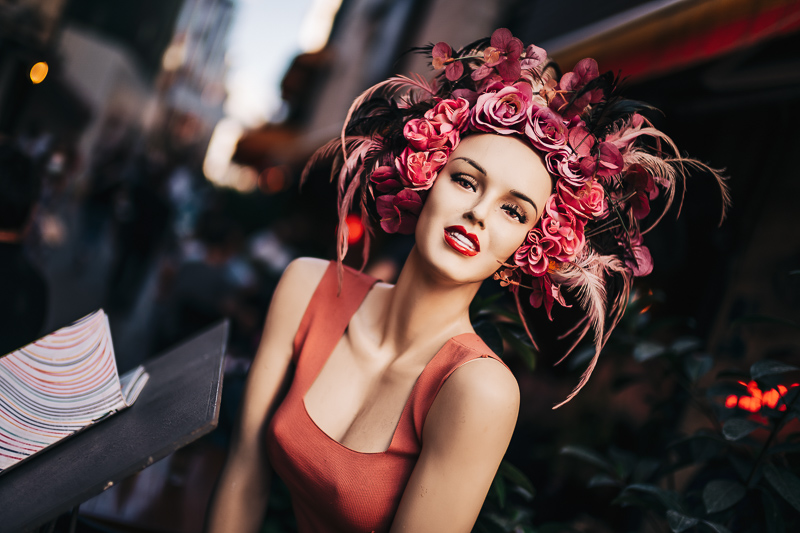
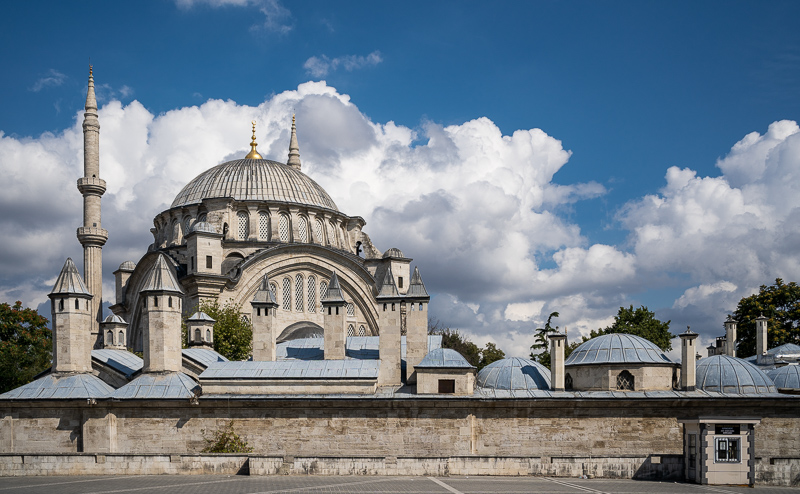
You can find most of the sample images in full resolution here.
Contents
What the optical designer says about the lens
“The idea was to design a 35mm fullframe wide angle lens with a maximum aperture of f/0.95 like the world has never seen before. Yet the goal was also to keep the size reasonable, so the lens would still be fun to use.
To maintain good optical performance across the distance range a complex floating elements design with two independently moving groups has been incorporated.
As is most important for a lens with these parameters, the optical design ensures the background bokeh is extraordinarily smooth and when shooting stopped down the highlights stay perfectly round thanks to using 15 rounded aperture blades.”
Mr. Li, optical designer and CEO, Laowa
Disclosure
The Laowa 35mm 0.95 was kindly provided free of charge by Venus Optics / Laowa for reviewing purpose for a few weeks.
Specifications
The Laowa 35mm 0.95 is the first fullframe 35mm lens with a maximum aperture of f/0.95. The full specifications are:
-
- Diameter: 79 mm
- Field of view: 63.4° (diagonally)
- Length: 97 mm
- Weight: 795g (without hood, without caps)
- Filter Diameter: 72 mm
- Number of Aperture Blades: 15 (rounded)
- Elements/Groups: 14/9
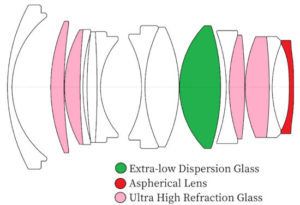
- Close Focusing Distance: 0.50 m
- Maximum Magnification: 1:10.8 (measured)
- Mount: Sony E
buy from manufacturer’s homepage | amazon.com | amazon.de | ebay.com | ebay.de | B&H (affiliate links) for $649 (new)
Handling/Build quality
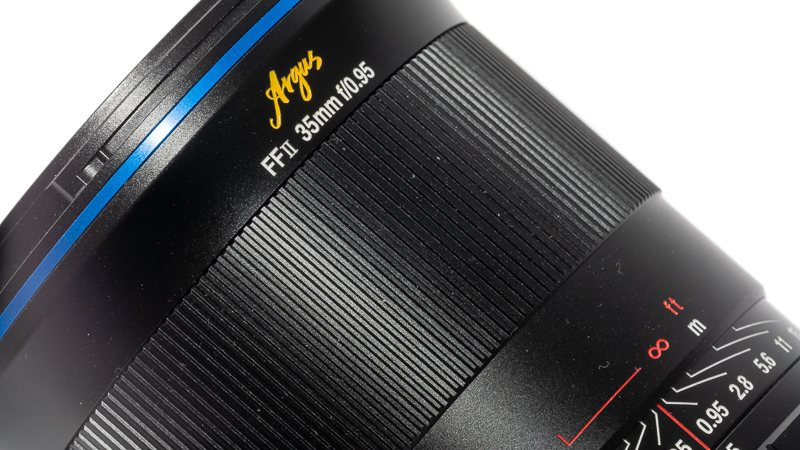
The Laowa 35mm 0.95 FF is an all manual lens without any electronic contacts or communication with your camera. Focus as well as aperture need to be set manually on the lens.
The focus ring has a really nice resistance and turns roughly 270° from the minimum focus distance of 0.50 m to infinity. This is a rather long focus throw which I think is a very good design choice for an f/0.95 lens where you will often deal with shallow depth of field and need to be able to precisely set focus.
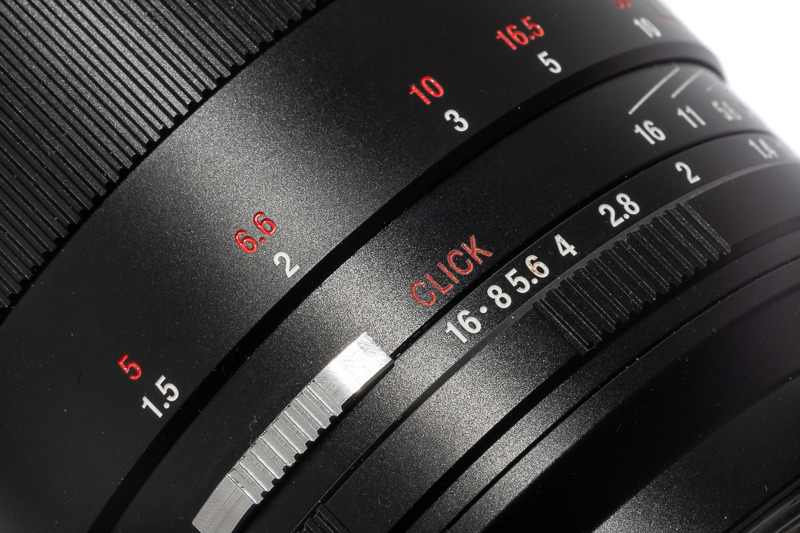
The aperture ring does feature click stops and even a declick lever (so a clear improvement over the Laowa 33mm 0.95 CF lens) but again the stops are not equidistant and therefore really cramped together on the aperture ring between f/4.0 and f/16.
Still, thanks to the full stop click stops it is possible again to set a desired aperture value without having to look at the lens.
The Laowa 35mm 0.95 FF features a complicated internal focus design with one fixed and two moving groups that is supposed to ensure good image quality at different distances.
This is also the reason for the not so exciting minimum focus distance: to allow the lens focusing closer it would have needed to be significantly bigger.
The outer casing of the lens seems to be made from mainly metal and a few high quality polycarbonate parts, markings are engraved and filled with paint.
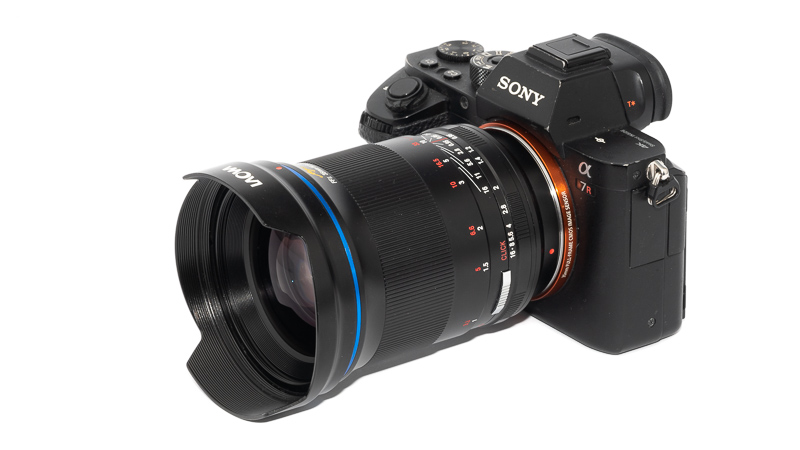
The lens comes with a small bayonet type tulip shaped metal hood. I like the small size of the hood so I wouldn’t mind leaving it on all the time, but it is a bit too shiny for me on the inside, so if it was my lens I would paint the inside with matte black paint or add some felt.
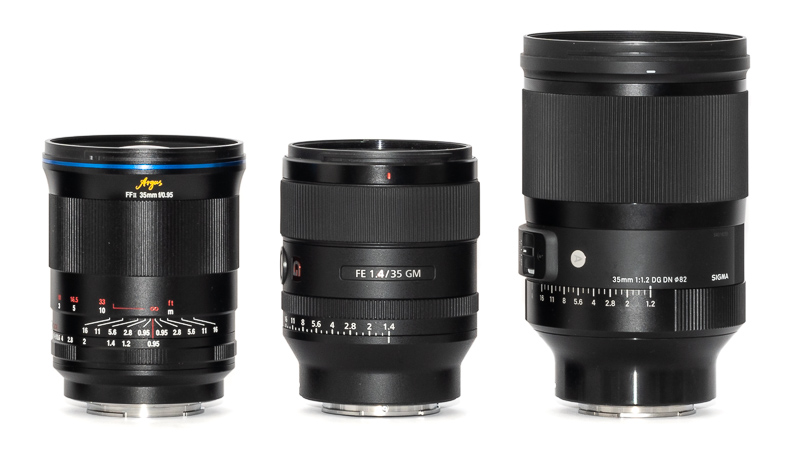
The Laowa 35mm 0.95 FF is almost exactly the same size as the more-than-a-stop slower Sony FE 35mm 1.4 GM but 260g heavier, mainly due to using mostly metal for the outer casing instead of polycarbonate as the Sony lens.
The more-than-half-a-stop-slower Sigma 35mm 1.2 Art DG DN is significantly bigger and 295g heavier.
Of course the Sony and the Sigma lenses both offer auto focus and they also spot a better minimum focus distance.
I think the size of the Laowa is very reasonable considering the maximum aperture and in comparison to the Sigma it makes more sense as an everyday lens.
Vignetting
light falloff
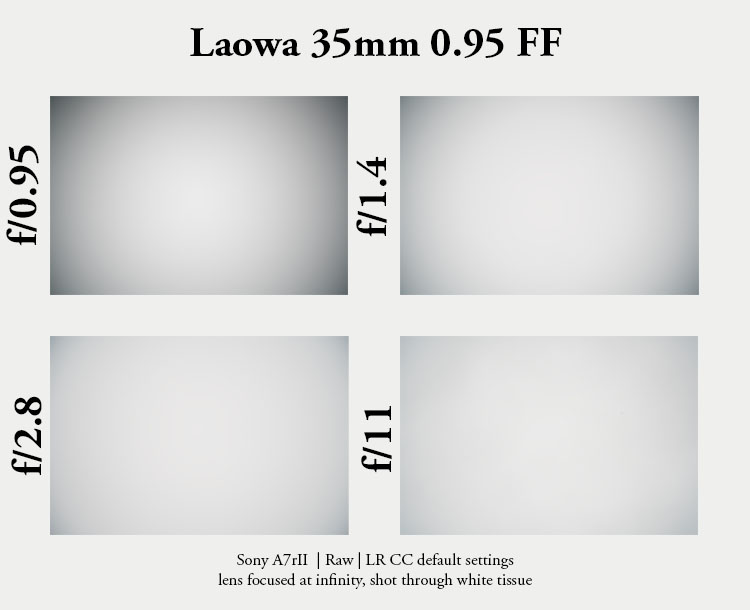
| f/0.95 | 3.2 EV |
| f/1.2 | 2.7 EV |
| f/1.4 | 2.2 EV |
| f/2.0 | 1.9 EV |
| f/2.8 | 1.7 EV |
| f/4.0 | 1.4 EV |
| f/5.6 | 1.3 EV |
| f/8.0 | 1.3 EV |
| f/11 | 1.2 EV |
I wouldn’t have been surprised if the Laowa 35mm 0.95 set a new negative record for vignetting at maximum aperture – after all there has never been a 35mm f/0.95 lens before – but that crown still belongs to the Leica 35mm 1.4 FLE.
At wider apertures these values are comparable to the Sigma 35mm 1.2 Art DG DN, stopped down they are a bit worse and therefore very similar to the Sony FE 35mm 1.4 GM.
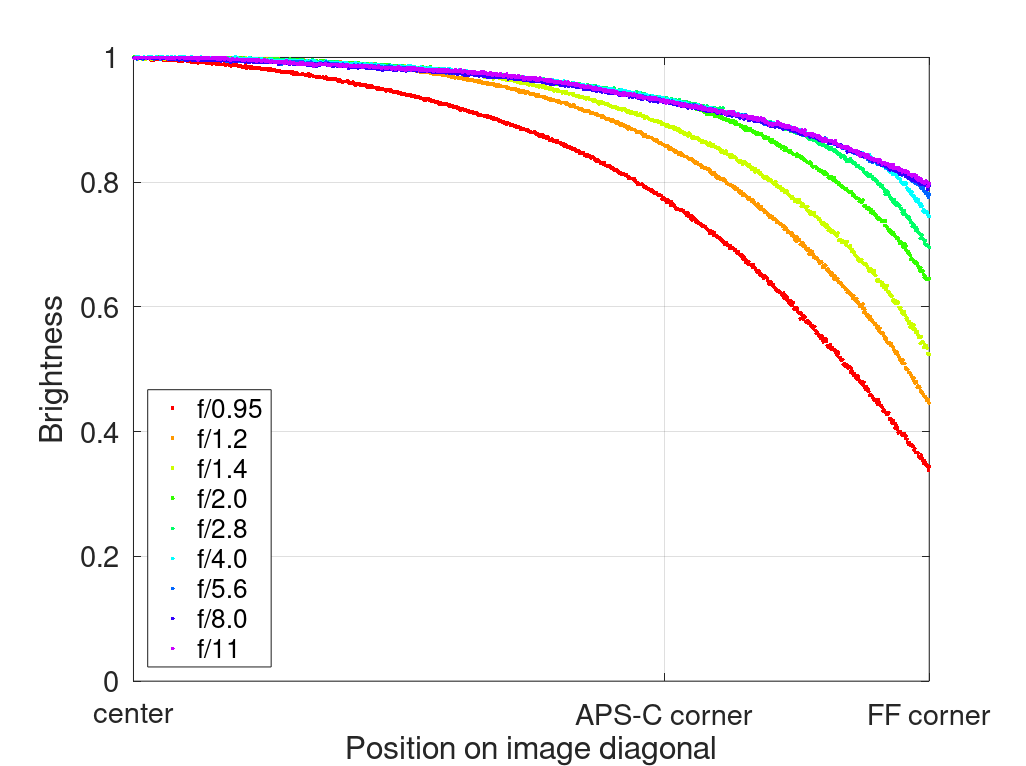
It is recommended to have a look at this article first to get an idea how this brightness graph works.
optical vignetting
Fast lenses usually show a noticeable amount of optical vignetting. Without going too much into technical details optical vignetting leads to the truncation of light circles towards the borders of the frame.
In the center of the frame almost every lens will render a perfect circle, but only lenses with very low optical vignetting will keep this shape in the corners.
So in the following comparison we move from the center (left) to the extreme corner (right) and see how the shape of the light circle changes.
I did shoot both lenses side by side, they were set to 0.5 m and with focusing at a target situated at exactly 0.5 m distance it was ensured the focus distance is really the same. Focus breathing might have an effect at these distances.
The Laowa 35mm 0.95 shows an impressive performance here. It shows significantly less optical vignetting than either the Sigma 35mm 1.2 Art DG DN and all the other f/0.95 lenses I have reviewed so far.
Sharpness
MTF-Graphs
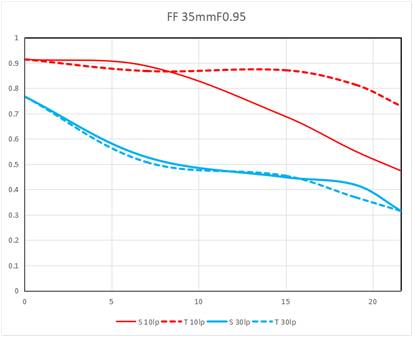
We have MTF-Graphs for f/0.95 at infinity for the Laowa 35mm 0.95. What it tells me is that we should expect high contrast (red lines) as well as resolution (blue lines) within the center of the frame and the inner midframe area.
Towards the corners the the two red lines deviate from each other (astigmatism) so contrast is expected to be lower here.
What the graphs won’t tell me if it is really fall off or just field curvature – we will find that out in the portrait distance section.
The blue lines stay very close to each other though, so resolution should still be good.
For an f/0.95 lens this looks promising, but let us see in the following sections how close to reality the MTF-graphs are.
Most MTF-Graphs show calculated values that do not take into account manufacturing tolerances and sample variation. Furthermore they are usually calculated for infinity, so in the field and shooting at different distances a noticeable variation may be visible.
infinity (42mp Sony A7rII)
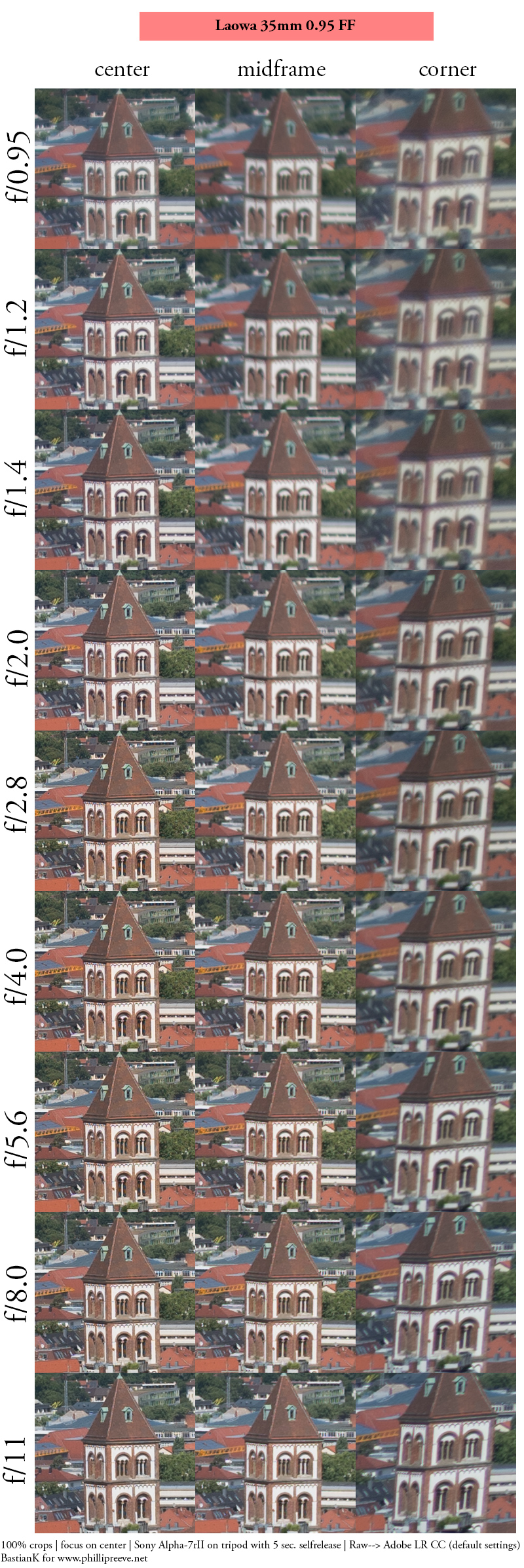
The f/0.95 lenses I previously reviewed haven’t exactly been great performers in this category. The best of the bunch so far has been the Zhong Yi 50mm 0.95 M-mount, whose performance is very similar to the Laowa 35mm 0.95 reviewed here. This can already be seen as an achievement, as a 35mm f/0.95 is significantly harder to design.
All the other 50mm f/0.95 lenses I have reviewed performed way worse, you can check out my reviews of the Zhong Yi 50mm 0.95 E II/I or TTArtisan 50mm 0.95 to double check. Zenitar 50mm 0.95 E, Zhong Yi 50mm 0.95 EF-mount or also MS-Optics 50mm 1.0 ISM are not worth talking about here.
So if I was looking for a fast 35mm lens that also does a great job at wider apertures at infinity (e.g. Astrophotography) I would go for the Sigma 35mm 1.2 Art DG DN or the Sony FE 35mm 1.4 GM, but I wouldn’t mind going somewhere with the Laowa 35mm 0.95 being my only 35mm lens and taking stopped down landscape or architecture pictures with it, which is something I wouldn’t do with most of the aforementioned f/0.95 lenses.
portrait distance (1.0 m)
For portraiture it isn’t so important how flat the field is, it is more interesting to see what the sharpness is like when focused at different parts of the frame to take field curvature out of the equation.
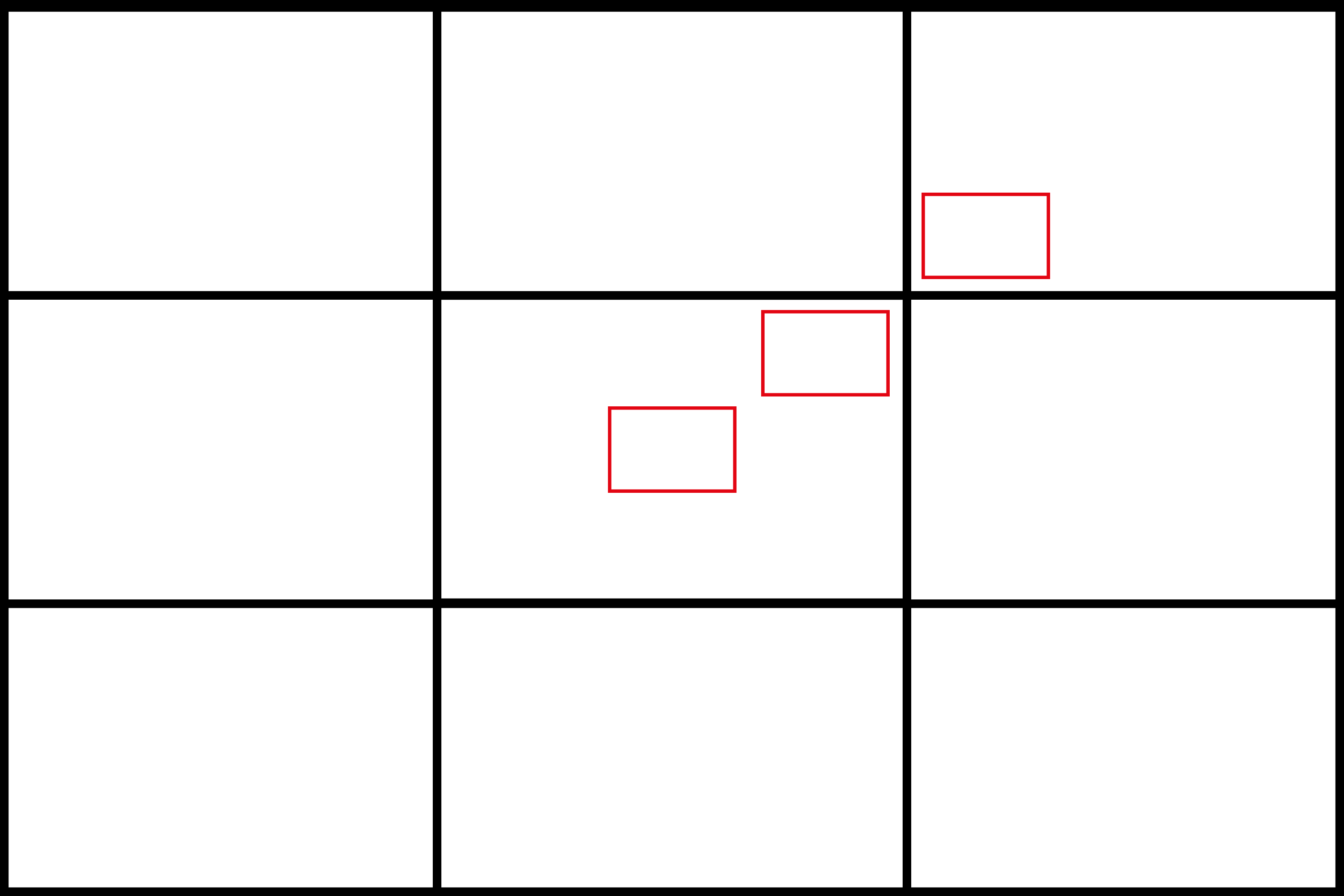
This is what I did here, I refocused for every shot and aperture to get the best possible result at different locations in the frame (center, inner midframe and outer midframe).
Focus distance was roughly 1.0 m and the circle of the dollar bill is more or less the size of a human eye.
f/0.95 <————> f/1.4
100% crops, A7rII
All the f/0.95 lenses I have reviewed struggled in the outer midframe area and taking into account the MTF graphs it does not come as a surprise here as well.
At comparable distances here the Zhong Yi 50mm 0.95 M is doing worse for a change and the TTArtisan 50mm 0.95 is showing a similar performance.
The Sigma 35mm 1.2 Art DG DN and the Sony FE 35mm 1.4 GM are not to be beaten here, but then it needs to be considered they are also noticeably slower.
close (0.50 m, 1:10.8)
100% crops from center, A7rII
At the maximum aperture of f/0.95 the Laowa shows a high amount of spherical aberration (“glow”) at the minimum focus distance. The other f/0.95 lenses I have reviewed are either similar or worse.
By f/2.0 the performance increases to actually good levels. This is also similar to the other f/0.95 lenses.
There are no other 35mm lenses with a maximum aperture of f/0.95 to compare the performance to, so here I can only compare it to Sigma 35mm 1.2 Art DG DN and Sony FE 35mm 1.4 GM which are doing a better job despite focusing closer.
Flare resistance
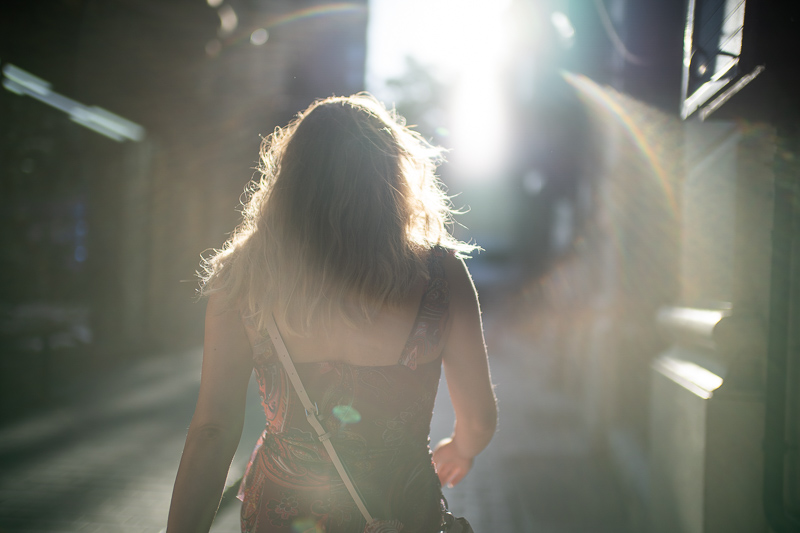
As always evaluating flare is a complex matter since you can get any lens to look bad if you push it hard enough and a slight change of scenario can affect results a lot.
Plenty and big lens elements are one of the main reasons other f/0.95 lenses performed really bad in this category, the Zenitar 50mm 0.95 E even being the worst lens I ever had a look at.
Now if you look at the header picture of this section you may think the Laowa 35mm 0.95 is just as bad, but let us check first before jumping to conclusions.
Sun inside Frame
As has been the case with several f/0.95 lenses (and even some bad f/1.4 lenses) a ring flare can be provoked at the maximum aperture. This can easily be avoided when stopping down to f/1.2 already. Stopped down a bit more also veiling flare is hardly an issue anymore and contrast stays on a high level.
At night strong point light sources can also yield this ring flare. But keep in mind I was shooting without tripod under star light at f/0.95, 1/8s and ISO12800 here.
Sun outside frame
With the sun outside the frame ghosts can be an issue, but in most cases it was possible to completely eliminate them by shading the lens with my hand. The supplied hood is rather short and a bit reflective on the inside, so I didn’t use it that much.
Again I am facing the task of putting things into perspective for you: better than the other f/0.95 lenses I have reviewed but also worse than the best slower 35mm lenses in this category (e.g. Sony FE 35mm 1.4 GM or Voigtlander VM 35mm 1.7).
Considering the unique specifications a very respectable performance.
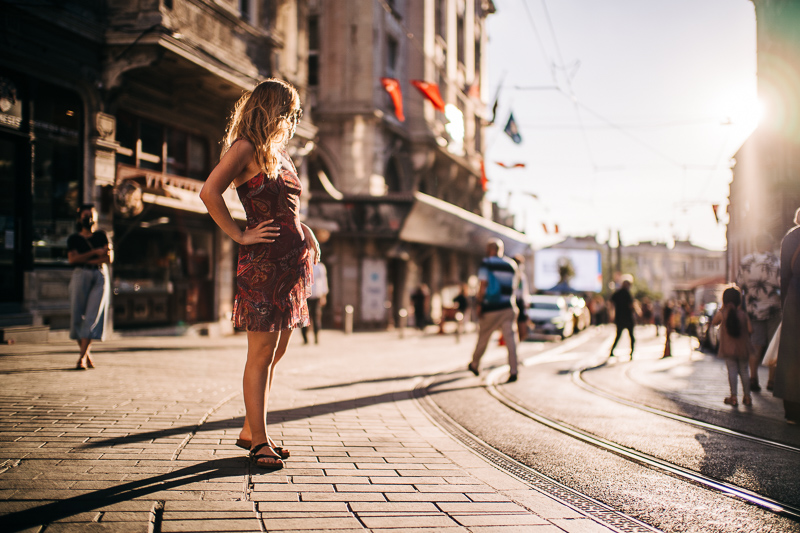
Coma
100% crops from extreme corner, focused on corner, A7rII
Coma at wider apertures is noticeable but things improve fast on stopping down. By f/2.0 it is already acceptable for many applications and by f/2.8 very clean.
As in many other categories: better than the 50mm f/0.95 lenses, worse than Sigma 35mm 1.2 Art DG DN and Sony FE 35mm 1.4 GM.
Now stars are a little less demanding than city scenes and luckily I got the chance to shoot the Milky Way with this lens as well. With a 35mm lens if you want to do landscape astrophotography you will most likely be looking at two row panoramas as with the field of view of a 35mm lens you will only be able to frame the galactic core, as can be seen in the picture below.
Now because of the high vignetting I would probably stop the lens down a little to get a more even exposure, nevertheless even at f/0.95 the amount of Coma is surprisingly low here and way better than I would have expected.
Sony A7III | Laowa 35mm 0.95 | f/0.95
Distortion
Sony A7rII | Laowa 35mm 0.95 | f/2.8
The Laowa 35mm 0.95 shows a small amount of wavy pincushion distortion. Dialing in -3 is doing a good job at correcting it.
Bokeh
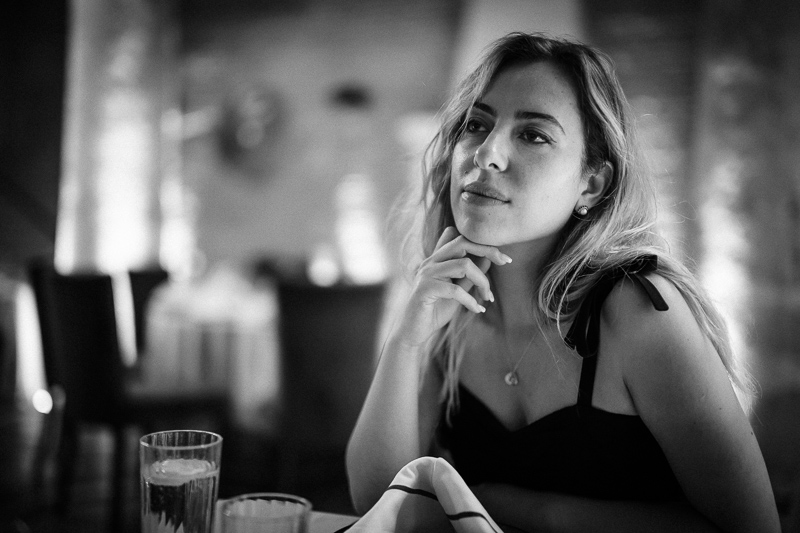
This is the review of a 35mm f/0.95 lens so you are only here to learn about the bokeh characteristics anyway, aren’t you?
As usual we will have a look how the lens performs at different distances and in different scenarios. We will also check in side by side comparisons how it stacks up to the Sigma 35mm 1.2 Art, the next fastest 35mm lens and also the one with the – to my eyes – most pleasing bokeh rendering in the 35mm world (yet).
Close distance
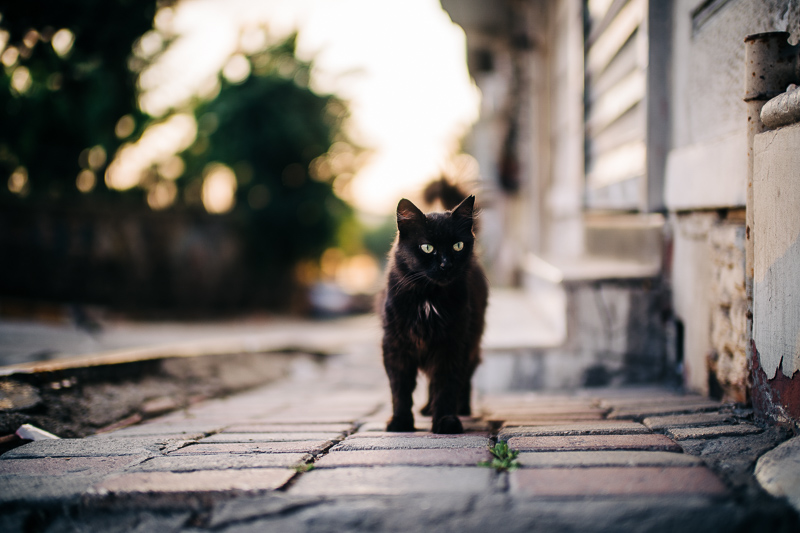
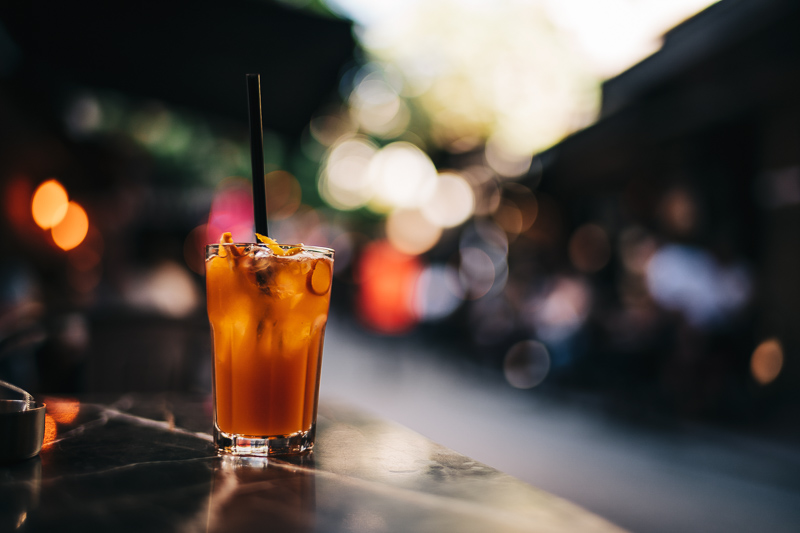
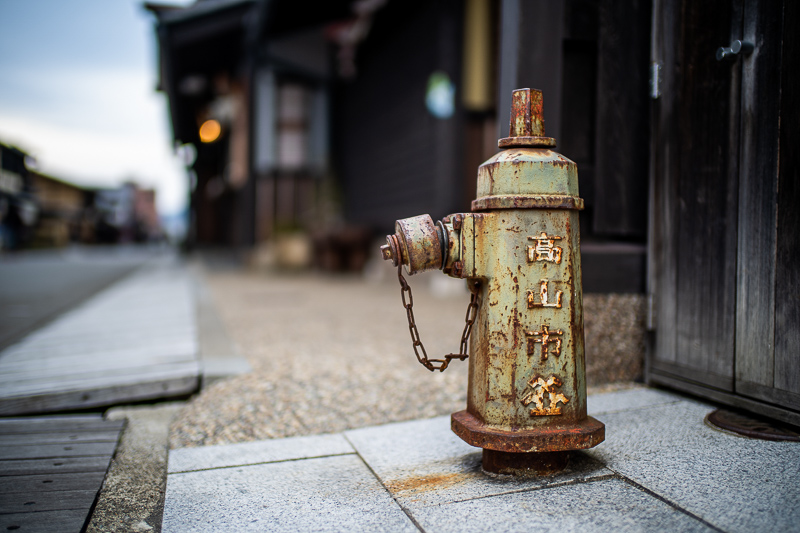
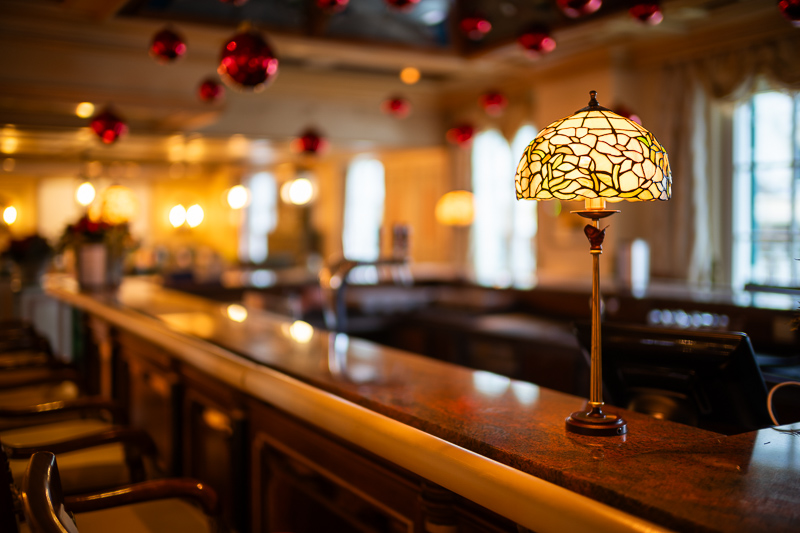
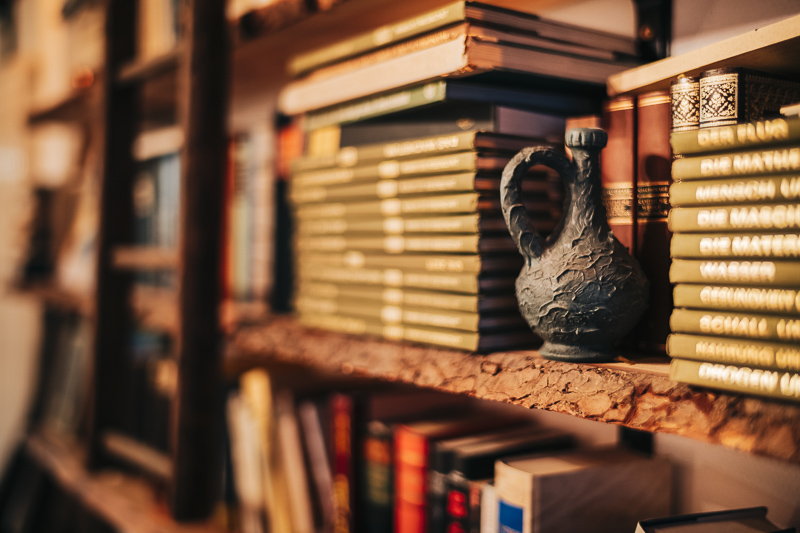
Of course in close focus scenarios the bokeh is smooth and non-distracting. Optical vignetting – while present – is also comparably well behaved.
With the bookshelf we see that bokeh in front of the focal plane is rather busy which means there is a bit of undercorrected spherical aberration and we clearly see the benefit of that in the backgrounds as they are rendered really smooth.
Mid distance
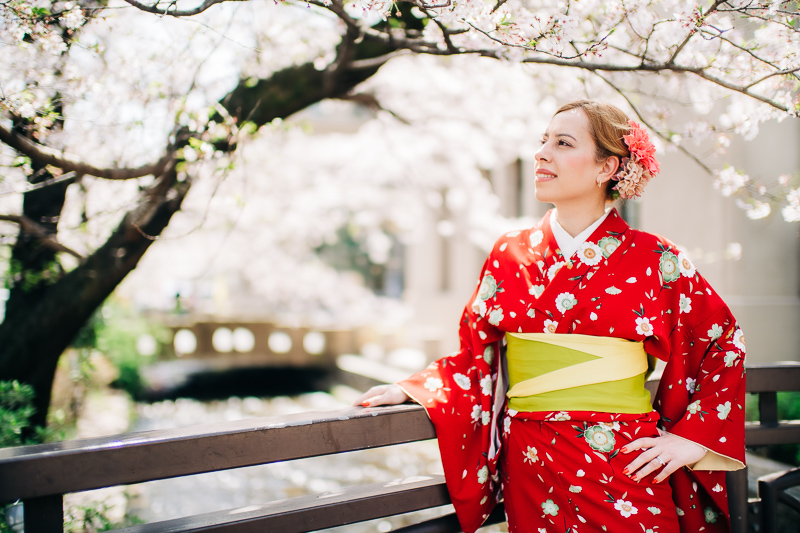
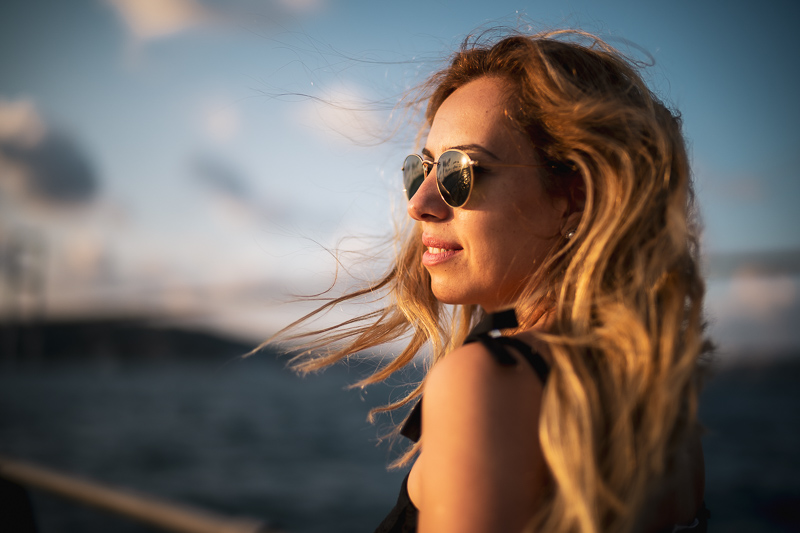


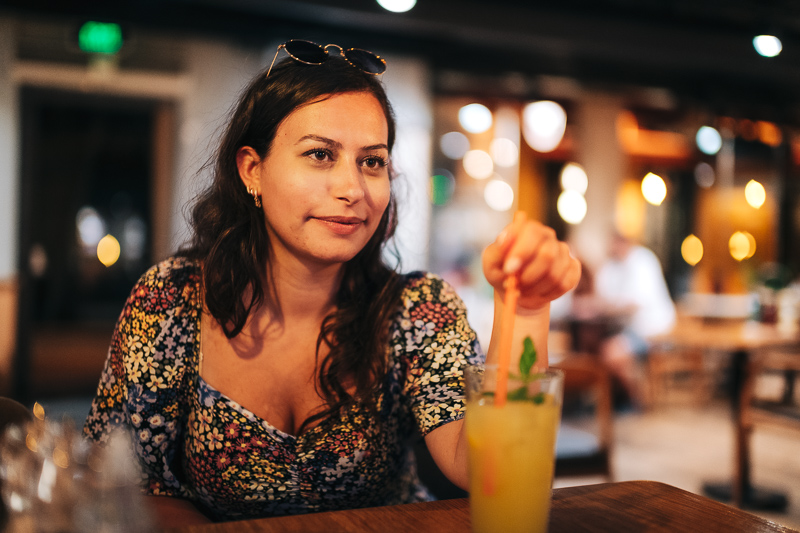
At mid distances the high amount of subject separation often made me feel I was shooting with a longer lens. Again everything looks very pleasing to my eyes, only the small light spill on the edges of off center highlights (see fifth picture) looks a bit unnatural. This is only visible at certain distances and with certain types of light sources and some other f/0.95 lenses have shown similar behavior as well. Stopping down to f/1.1 is sufficient to cut off these edges if they bother you.
Long distance
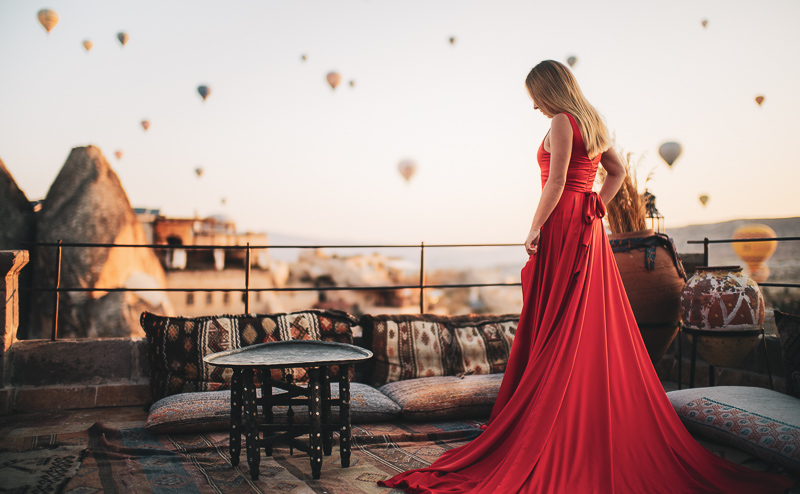
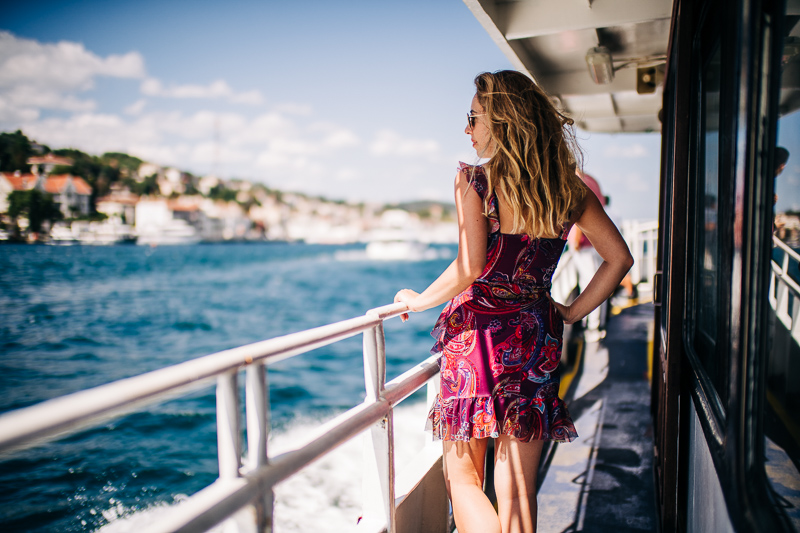
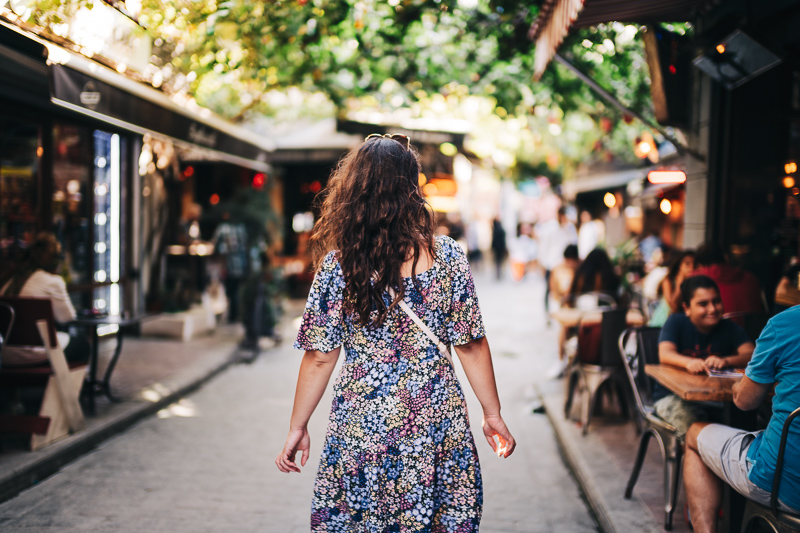
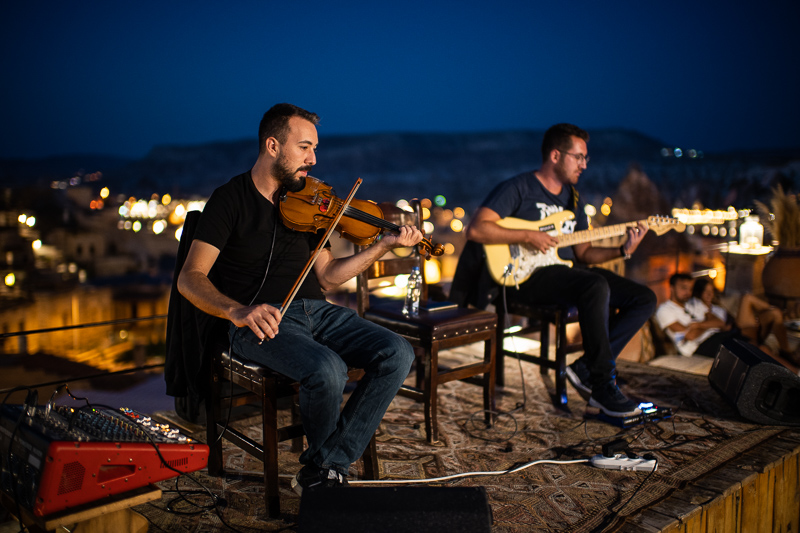
Now longer focus distances are probably the most interesting category here as this is where many lenses struggle and where being f/0.95 can have real visual impact compared to slower lenses.
Of course the lens is not free of optical vignetting so even with a completely flat background (which is rare to find in the real world) you will notice the edges and corners are not as much out of focus as the center of the frame.
Nevertheless even with full body portrait shots it is easily possible to create the illusion of depth due to the still high amount of background blur.
To put things into perspective, let’s compare the Laowa 35mm 0.95’s bokeh to that of the Sigma 35mm 1.2 Art DG DN.
Compared to Sigma 35mm 1.2 Art DG DN
Scene 1: City close
Scene 2: Forest mid
Scene 3: Forest far
Scene 4: City far
Observations
I had to correct the high distortion in the Sigma’s images for the pictures to be more easy to compare, both lenses have pretty much the same field of view though. At infinity the Laowa is exactly 35.5 mm I was told, but this changes on focusing closer.
For my taste the Sigma 35mm 1.2 Art DG DN was the king of 35mm bokeh since its release – despite its high optical vignetting – but backgrounds were simply rendered so smooth, no other 35mm lens came close (also see my review of the Sony FE 35mm 1.4 GM where I compare it to the Sigma 35mm 1.2).
With the Laowa 35mm 0.95 I did not know what to expect. Compared to the Sigma 35mm 1.2 it is rather compact and we haven’t seen a 35mm lens with f/0.95 before so I feared to make the lens sharp enough spherical aberration may be overcorrected and therefore bokeh less smooth, but as can be seen from the comparisons above this is not the case.
In the city pictures I prefer the overall look of the Laowa lens. That extra ~half-a-stop makes a visible difference to the backgrounds and yields noticeably more subject separation.
Also in terms of bokeh quality/smoothness the Laowa does not lack behind.
Now in these pictures the backgrounds are not that difficult as there is nothing structured close to the corners.
If we look at the forest pictures the Laowa comes out on top even with very difficult and structured backgrounds over most of the frame, but in the corners the Sigma shows a calmer, less obstrusive rendering.
In scene 3 I prefer the overall look of the Laowa, giving me a better impression of depth. In scene 2 it is a bit of a draw for me. Center, midframe and also the area on the top border look nicer with the Laowa, but in the top left corner I prefer the Sigma.
So is the Laowa 35mm 0.95 my new king of 35mm bokeh? It depends. If I was shooting a wedding couple in a forest I would rather use the Sigma 35mm 1.2 as it is more predictable in the corners. But in every other scene where I compared the two lenses I preferred the Laowa.
Which one would you prefer? I am curious, so maybe consider telling me in the comment section 🙂
Sunstars
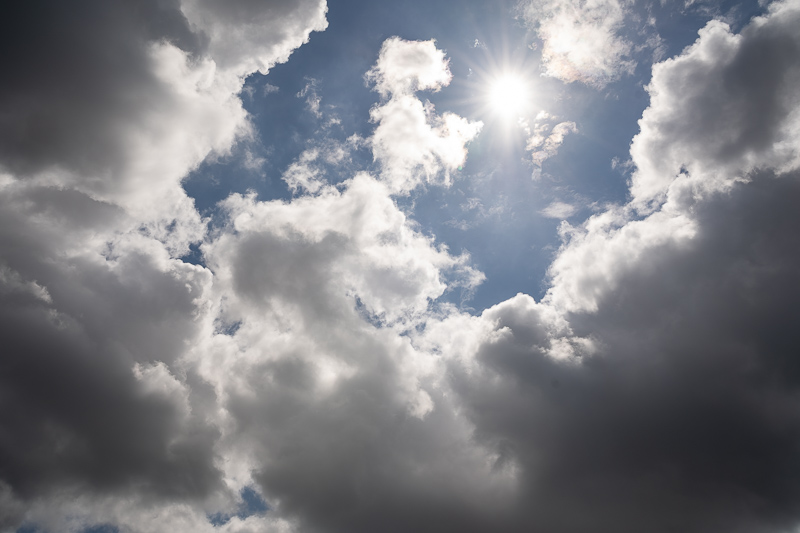
The Laowa 35mm 0.95 uses 15 rounded aperture blades, therefore you will only rarely encounter sunstars in your pictures. With very strong point light sources at night you may still get 30 pointed sunstars like in the picture below though. If you want to learn more about this topic have a look at this article.
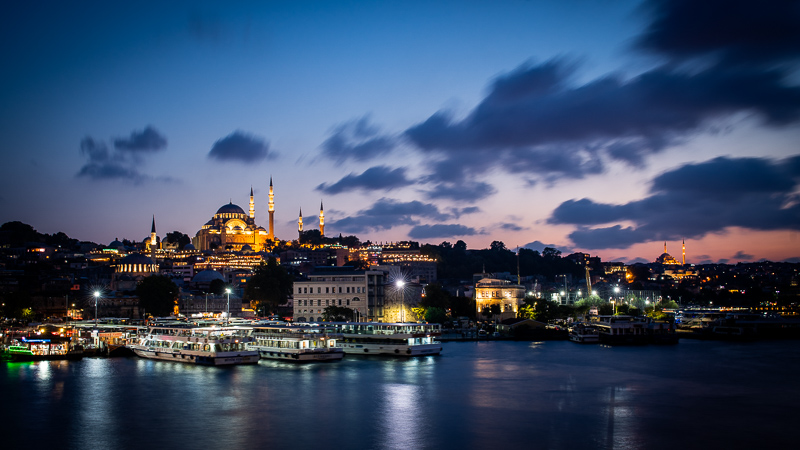
Chromatic aberration
lateral
Lateral CA were one of the design compromises and are very noticeable towards the corners when not corrected. As you know lateral CA are easily corrected in post (or in camera for Jpegs) though, so this seems like a sensible design choice.
100% crops from extreme corner, A7rII, f/11
longitudinal
50% crops from extreme corner, A7rII
At the minimum focus distance there is a high amount of spherical aberration present which is good at masking longitudinal CA. The spherical aberration clears up at f/2.0 and a small amount of longitudinal CA is still visible at f/2.8. Surprisingly the lens also shows no noticeable focus shift.
To get a better idea of the amount of loCA we are having a look at pictures taken at a longer distance.
As you can see in this extreme scenario there is a lot of purple fringing when taking pictures at f/0.95 straight into the sun.
But the performance is actually similar to lenses like the Sony FE 35mm 1.4 ZA or Sony FE 35mm 1.8. The Sony FE 35mm 1.4 GM shows a better performance, the Sigma 35mm 1.2 Art fits inbetween Laowa and GM.
Sony A7III/A7rII | Laowa 35mm 0.95 | f/0.95
Alternatives
By now there are plenty of 35mm lenses available, so we put together a rather comprehensive guide on 35mm lenses for Sony FE cameras which should give you a good overview, therefore I will only talk about the three most obvious and interesting alternatives here.
Sigma 35mm 1.2 Art DG DN:
The Sigma 35mm 1.2 Art DG DN offers extraordinarily high sharpness and contrast already at f/1.2 and even manages to combine this with smooth bokeh rendering. Due to autofocus it will also be more appealing to those that rely on it for their work.
In most of the sections above I compared the two lenses already, so you have a lot of material to base your buying decision on.
buy from amazon.com | B&H | ebay.com | ebay.de for about $1499/1529€ (affiliate links)
Voigtlander 35mm 1.2 SE:
The Voigtlander lens is noticeably smaller and lighter but also features a simpler optical design and is more than half a stop slower. I bought the M-mount version and in direct comparison I prefer the Laowa lens reviewed here for even better bokeh rendering and less vignetting at shared apertures.
Due to electronic contacts the Voigtlander lens offers more shooting comfort though.
buy from amazon.com | amazon.de | B&H | ebay.com for $699 (affiliate links)
Sony FE 35mm 1.4 GM:
The difference in bokeh rendering between f/0.95 and f/1.4 is huge so this comparison is kinda pointless, but I am sure some of you will ask about it in the comment section anyway.
When asked what I think about the Sony FE 35mm 1.4 GM I once said it is the perfect(ly boring) 35mm f/1.4 lens.
It has hardly any flaws, but compared to the Laowa 35mm 0.95 reviewed here – or the Sigma 35mm 1.2 – its rendering simply didn’t wow me.
buy from amazon.com | amazon.de | B&H | ebay.com | ebay.de for $1399 (affiliate links)
Conclusion
good
|
average
|
not good
|
So far f/0.95 fullframe lenses have been special purpose lenses for shallow depth of field photography with plenty of compromises, too many compromises for myself to consider using them on an everyday basis.
For the Laowa 35mm 0.95 this is not the case and this is what really makes it stand out among the other f/0.95 lenses. While it is being surpassed in several categories (e.g. sharpness, flare resistance, coma and CA correction) by slower and often more expensive lenses, the package as a whole ended up being a fully usable lens that can be used for a wide variety of applications and not just shallow depth of field portraiture.
It therefore behaves similar to the Voigtlander f/1.2 lenses while being more than half a stop faster – quite the achievement.
I am sounding like a broken record by now, but it is really time for Laowa to add electronic contacts to their E-mount lenses though, especially considering not only Samyang but also Yongnuo and Viltrox manage to do that.
This 35mm 0.95 is Laowa’s first attempt at designing a fast portrait lens with an “ordinary” focal length where there is a lot of competition in the market already. Before using the lens I was afraid making it f/0.95 might have been too ambitious, but this is not the case at all. If I was to pick a fast manual 35mm lens for an E-mount camera today this would clearly be it.
buy from manufacturer’s homepage | amazon.com | amazon.de | ebay.com | ebay.de | B&H (affiliate links) for $649 (new)
Sample Images
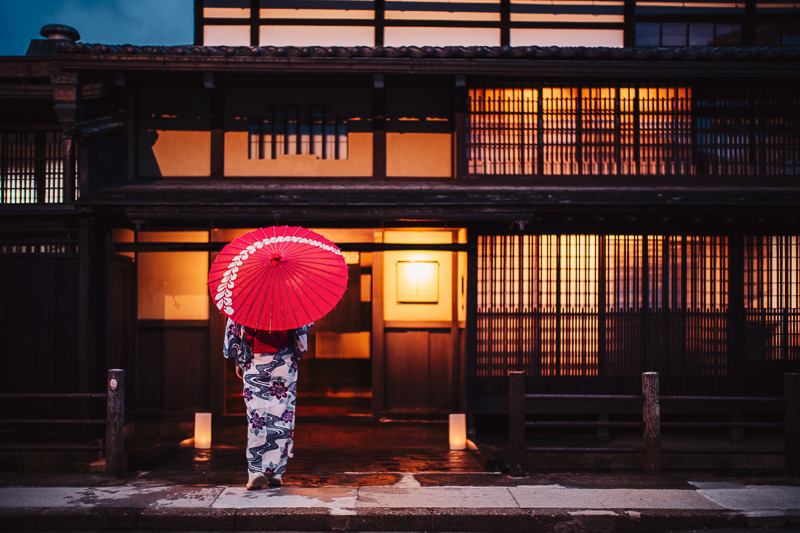
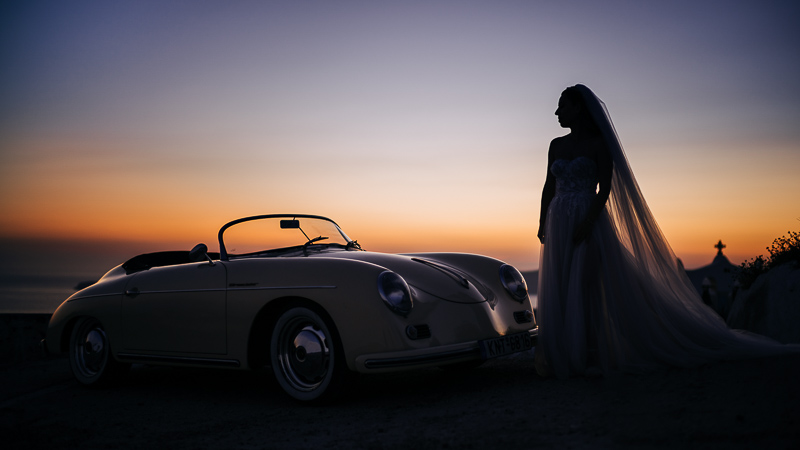
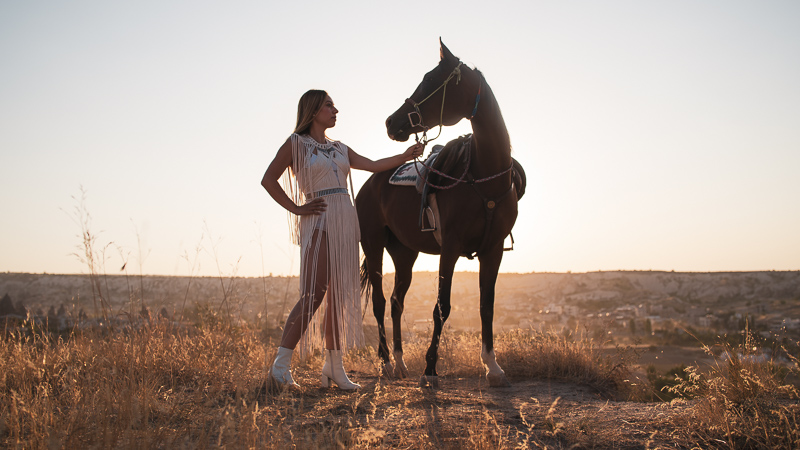
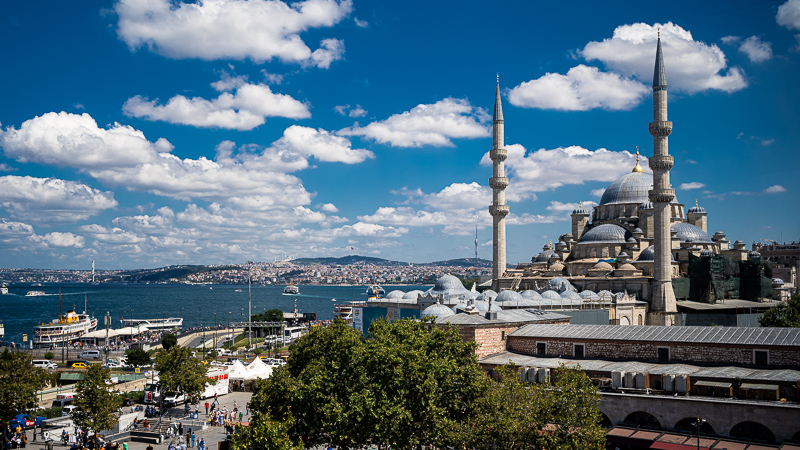
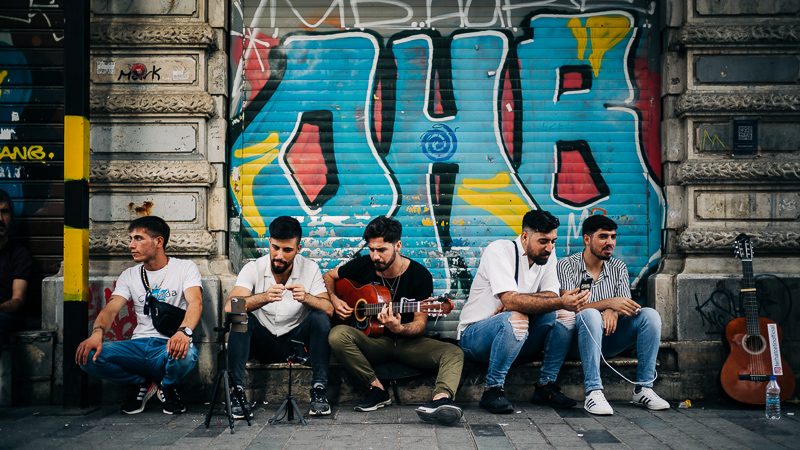

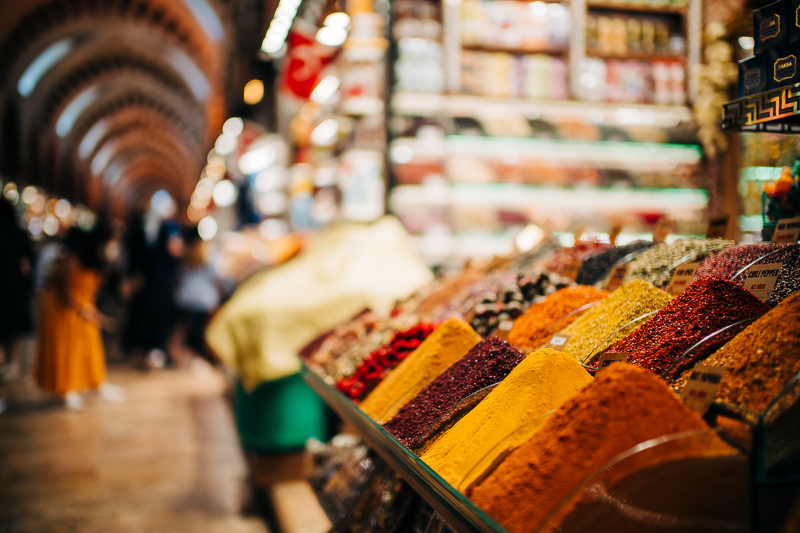
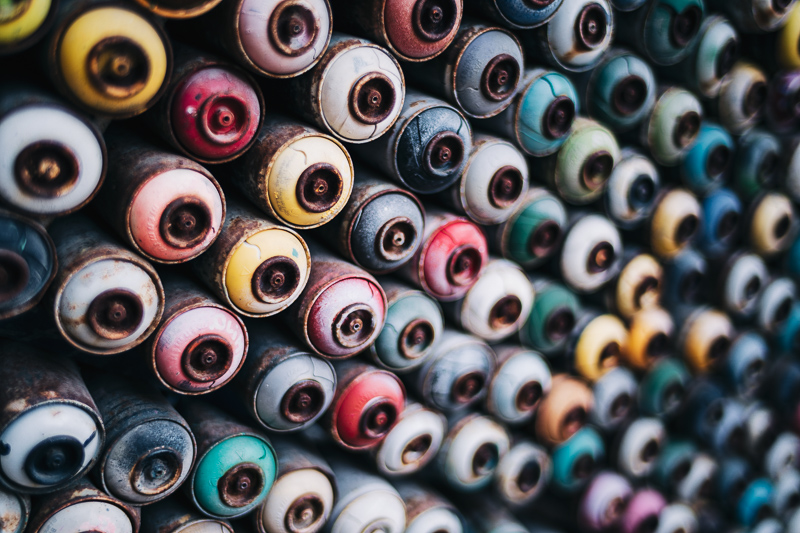
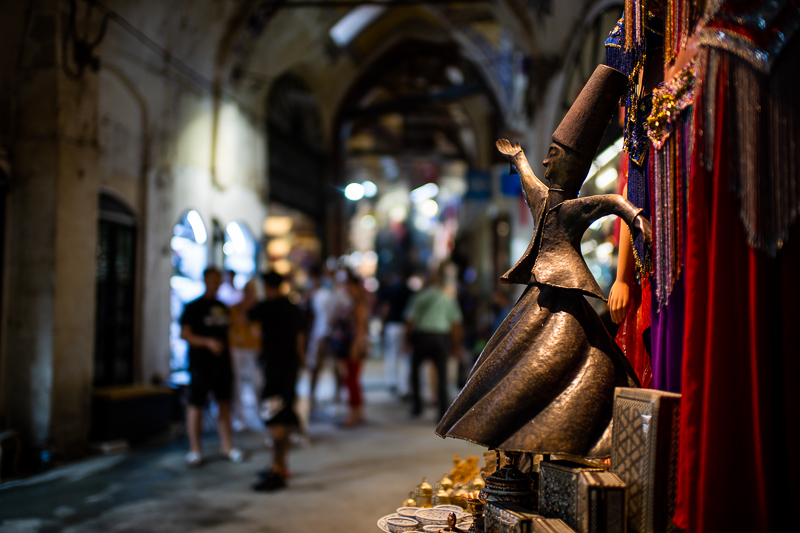
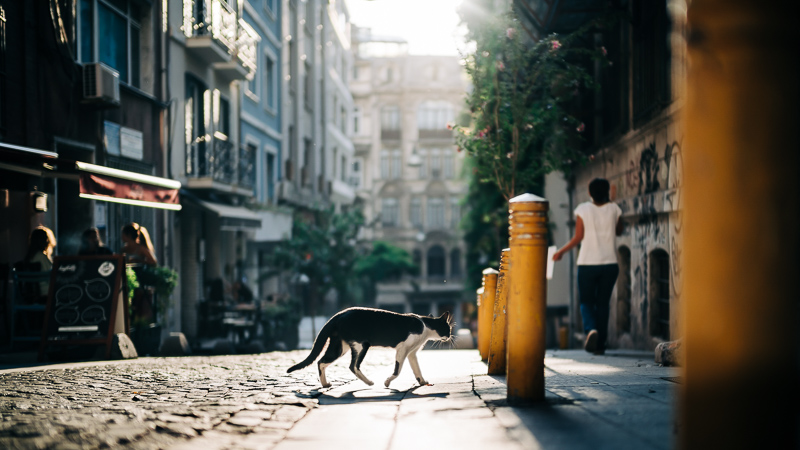
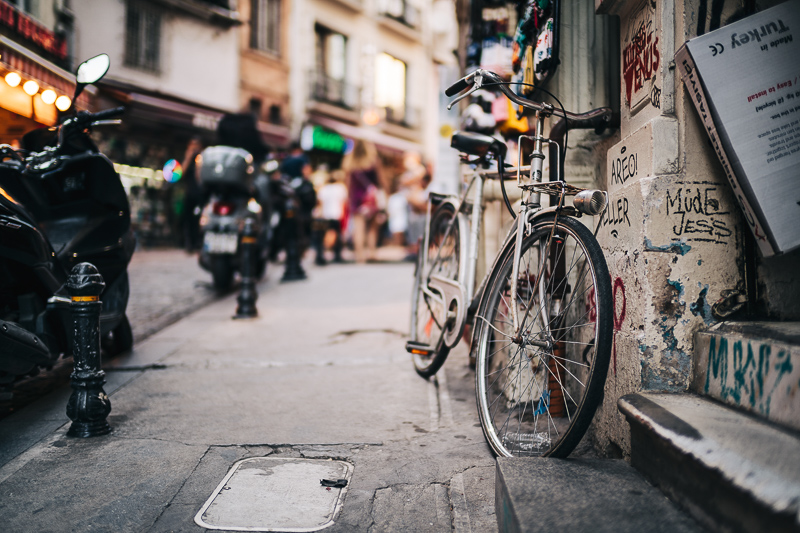
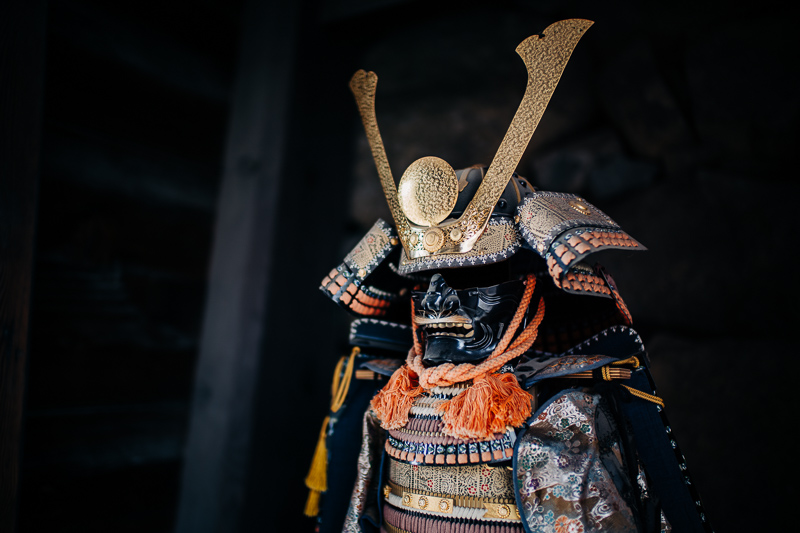
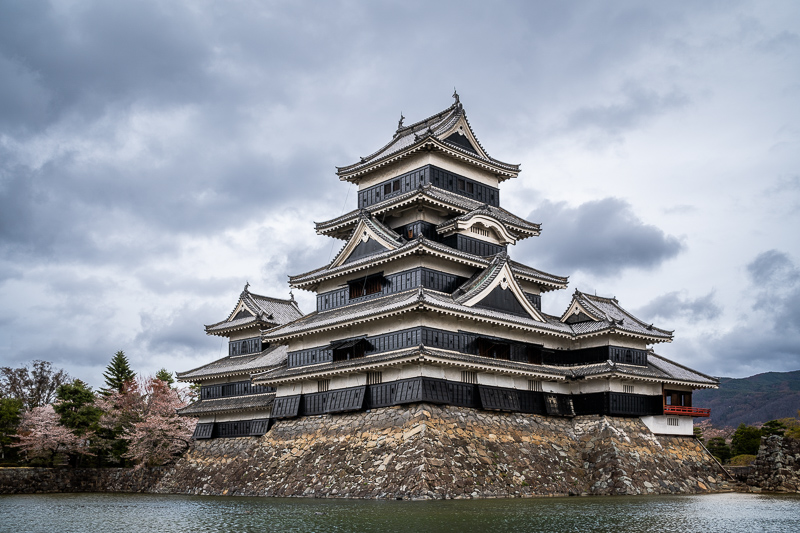
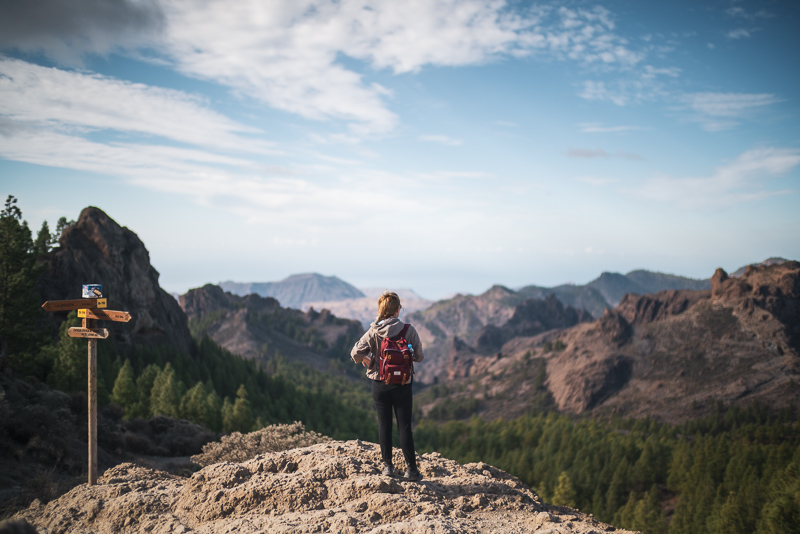
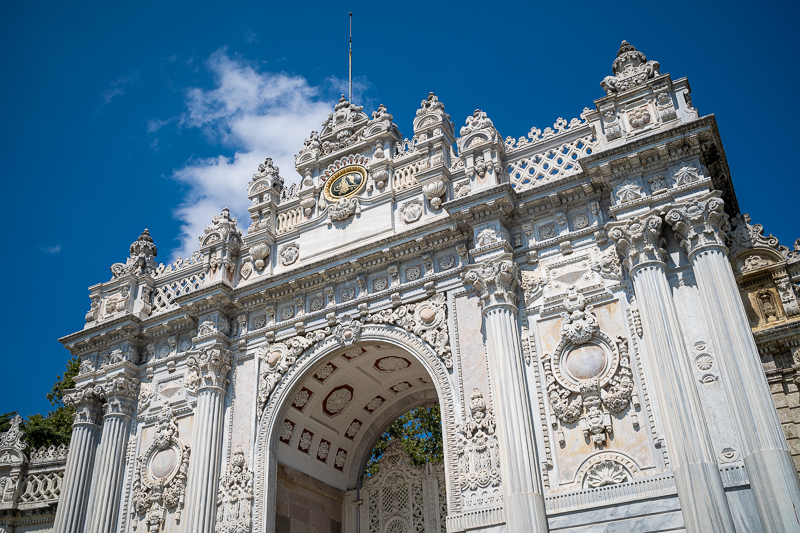
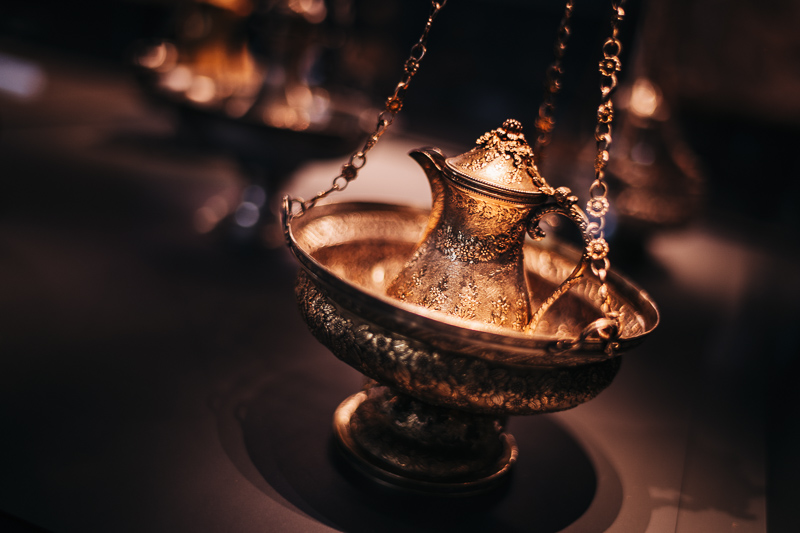
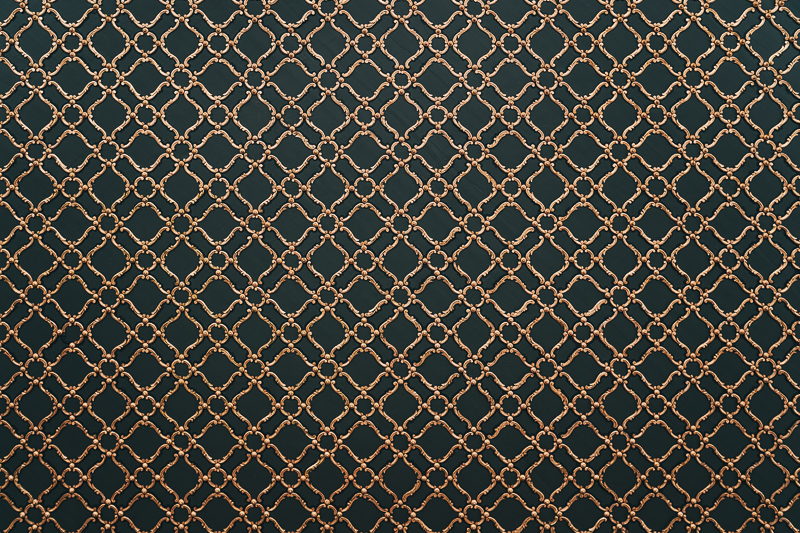
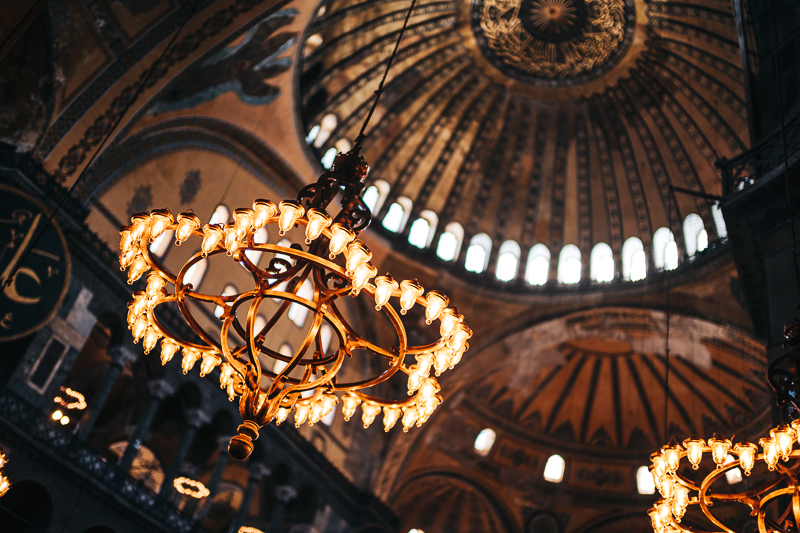
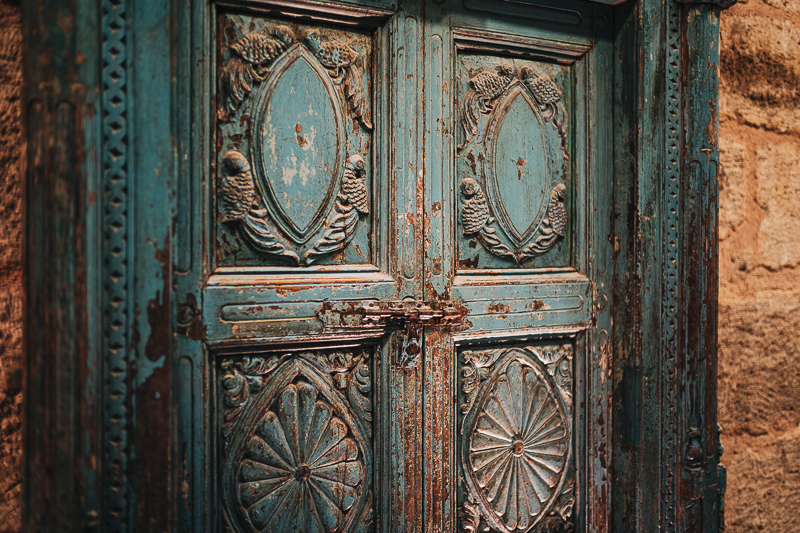
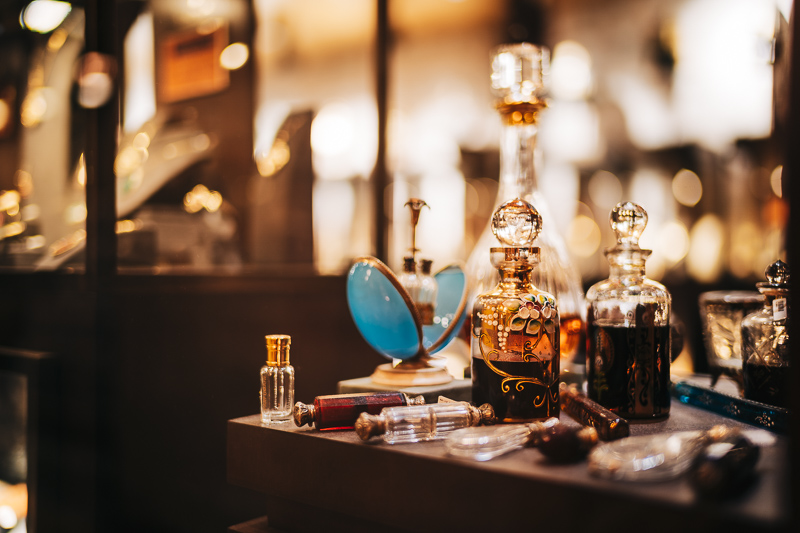
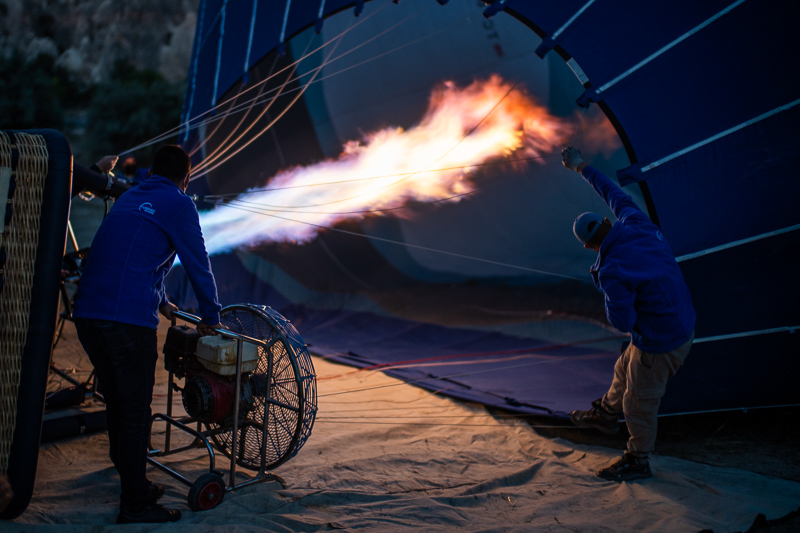
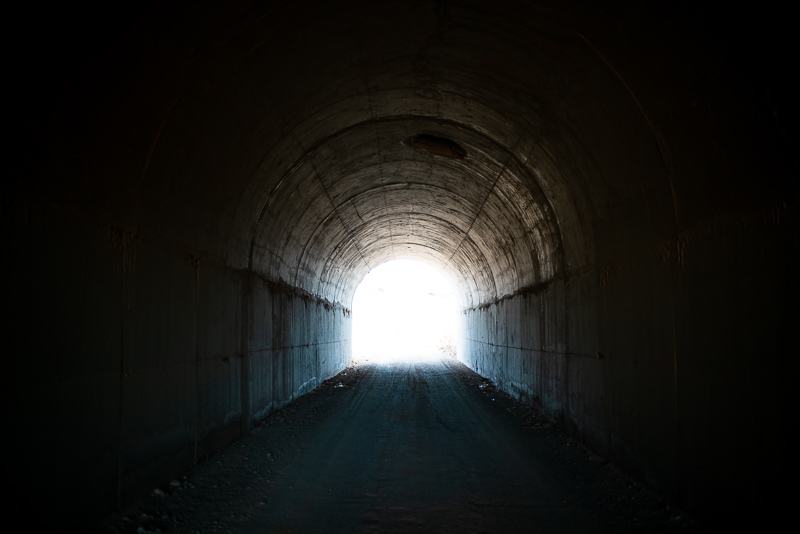
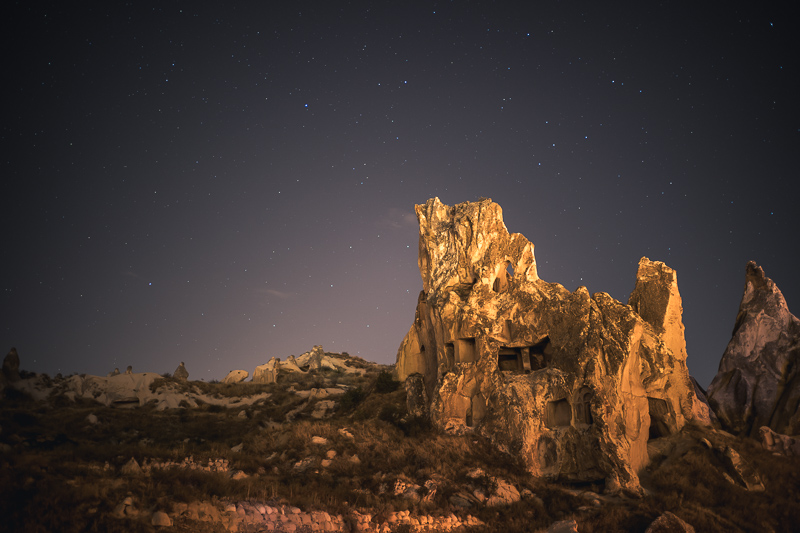
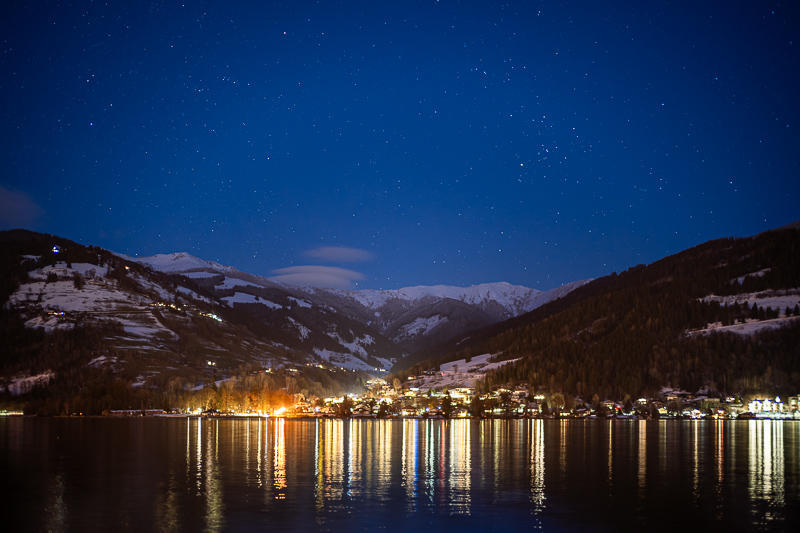
You can find most of the sample images in full resolution here.
Further Reading
- Sony FE lenses: Our comprehensive and independent guide
- Sony FE lenses: Our guide to portrait lenses from 85 to 135mm
- What makes a picture good?
- Lens aberrations explained
Support Us
Did you find this article useful or just liked reading it? Treat us to a coffee!
![]()
![]()
![]() via Paypal
via Paypal
This site contains affiliate links. If you make a purchase using any of the links marked as affiliate links, I may receive a small commission at no additional cost to you. This helps support the creation of future content.
Latest posts by BastianK (see all)
- Review: SLRmagic 50mm 0.95 Hyperprime LM - July 5, 2025
- Full Resolution Pictures getting fixed - July 4, 2025
- Analogue Adventures Part 42: A wedding with Eastman Double-X 200 - July 2, 2025







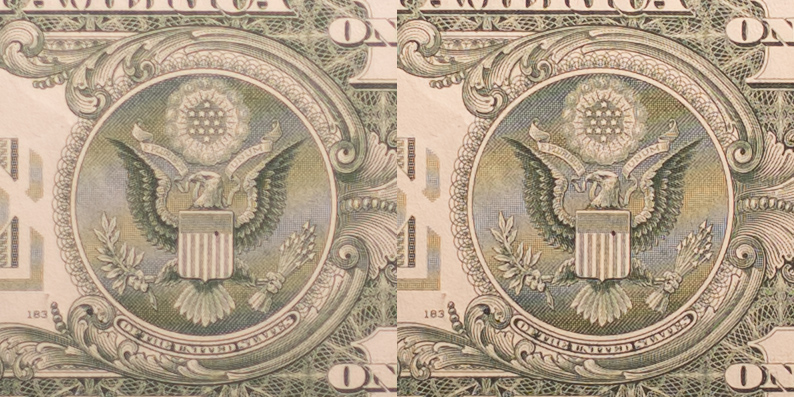
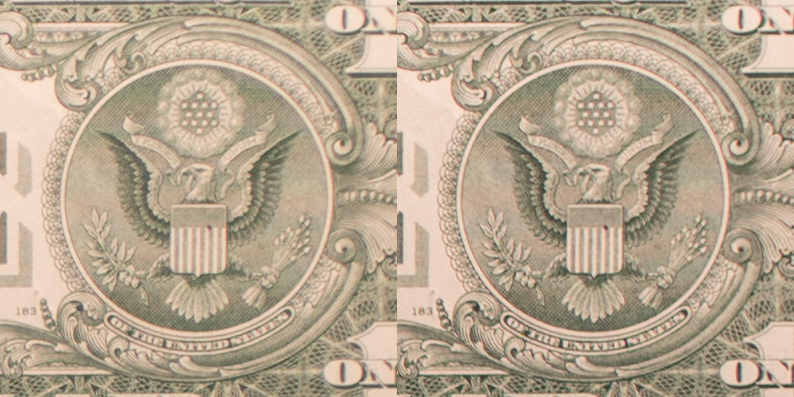
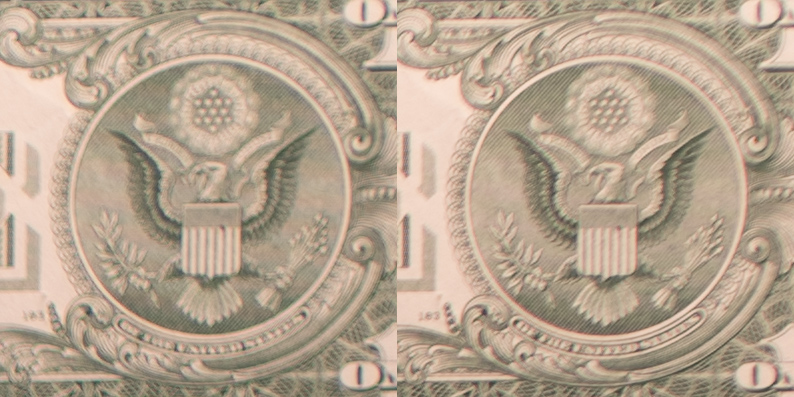
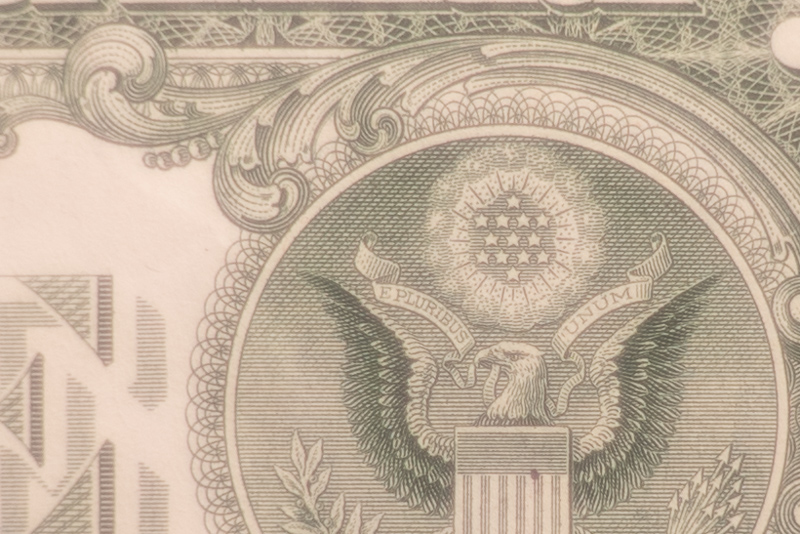

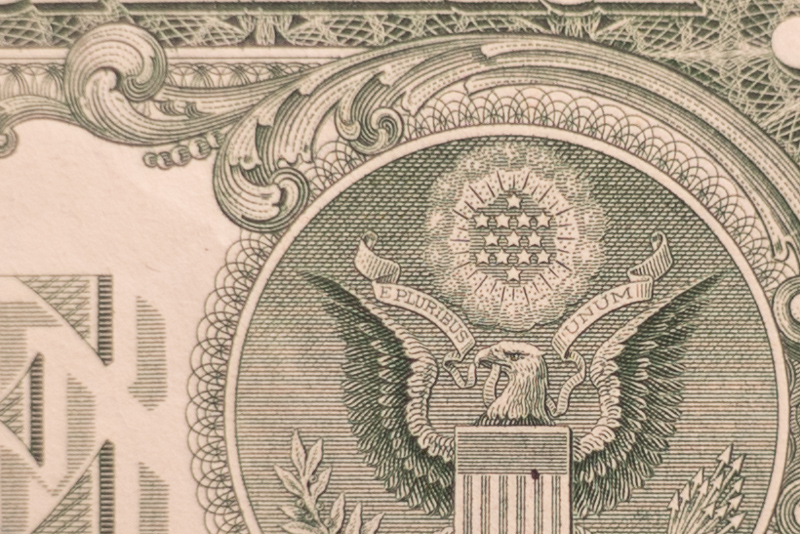
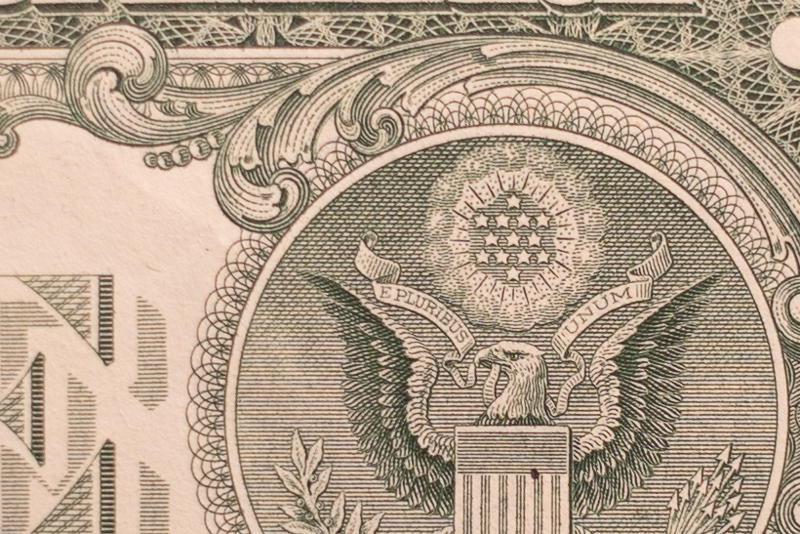
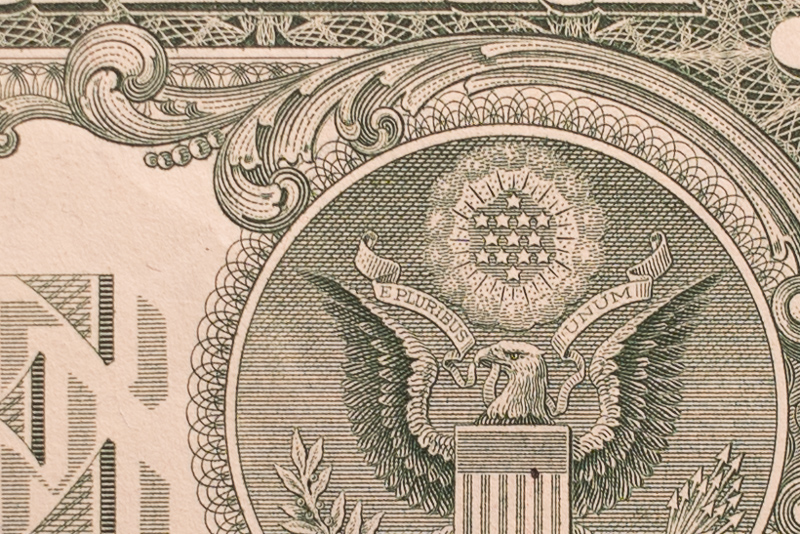
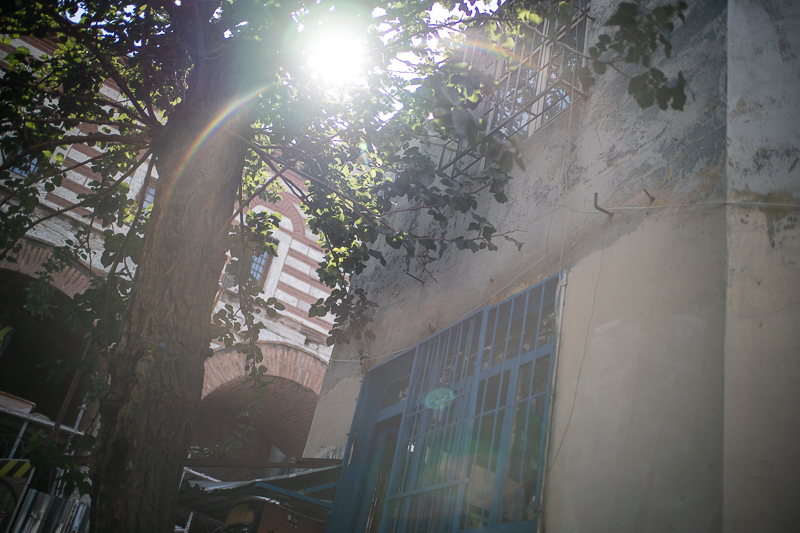
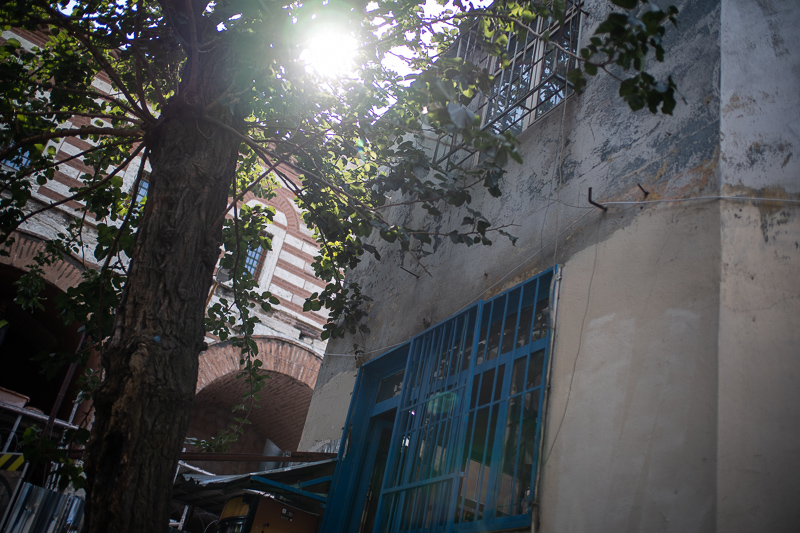
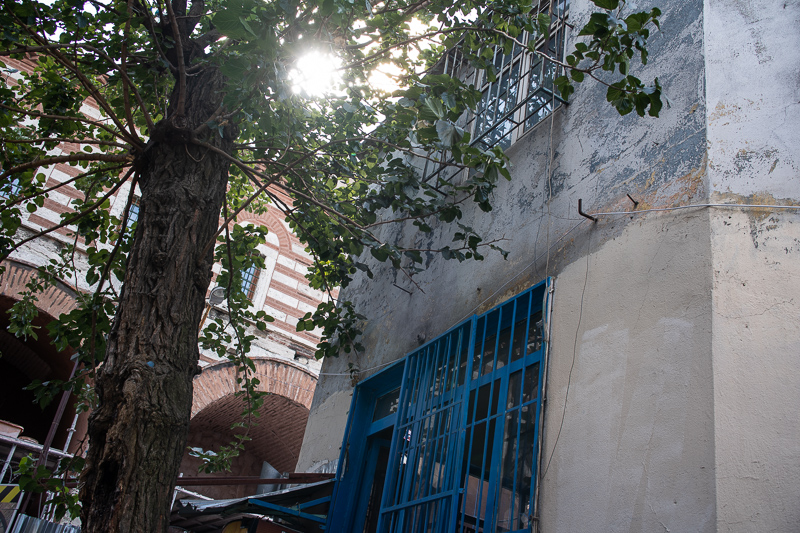
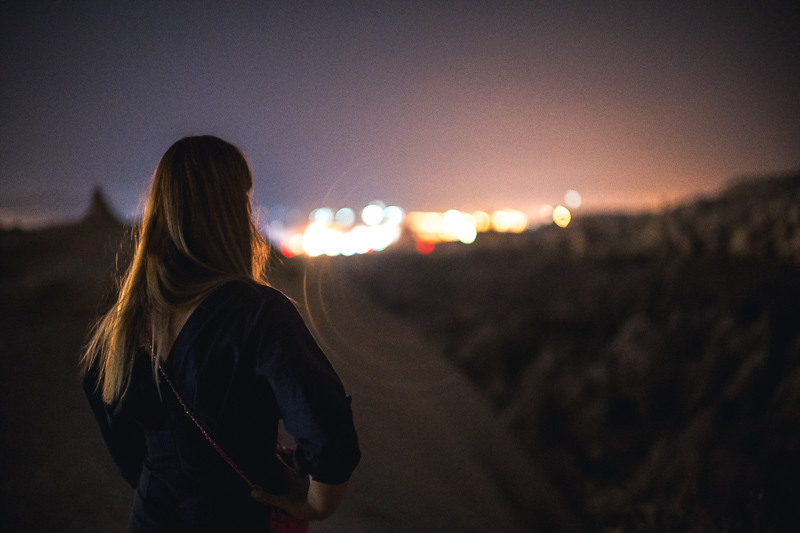
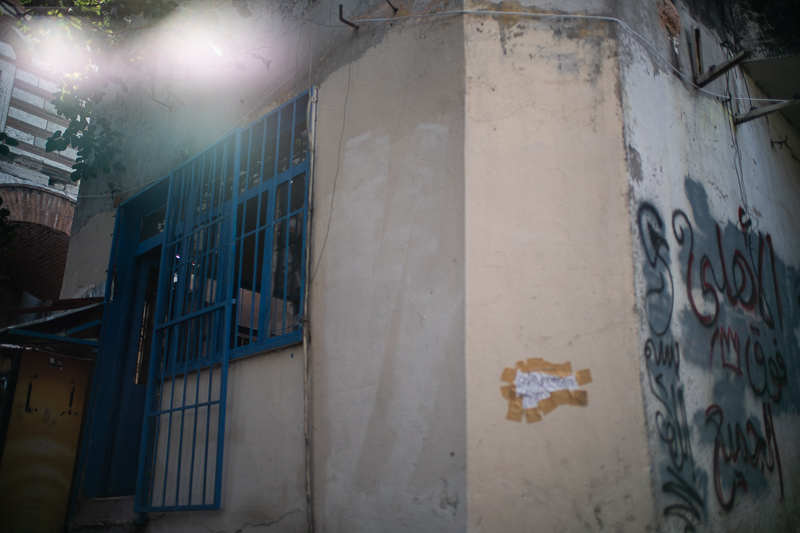
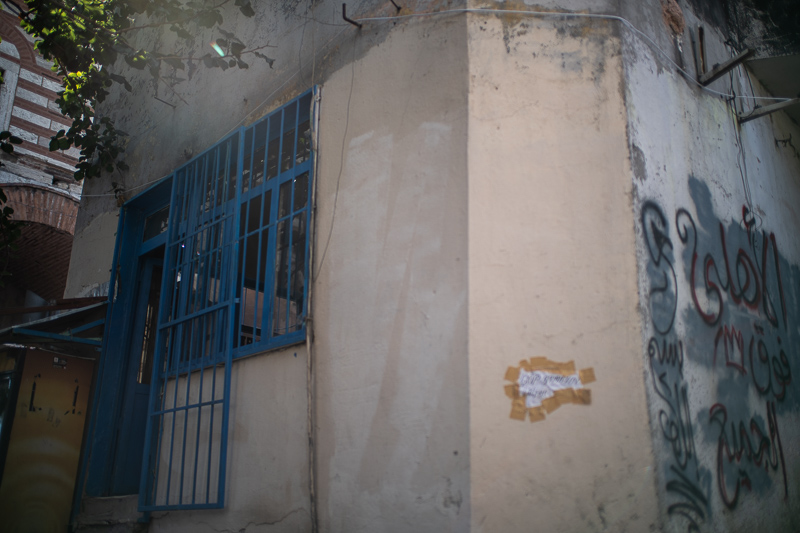
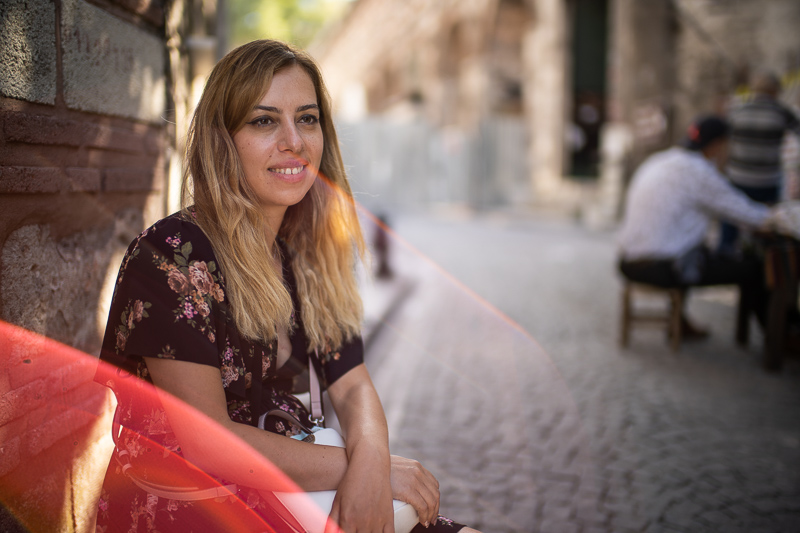
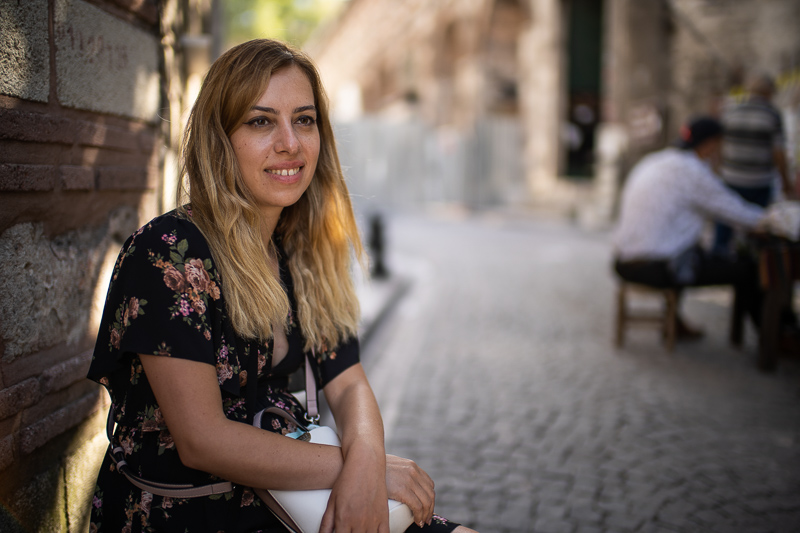
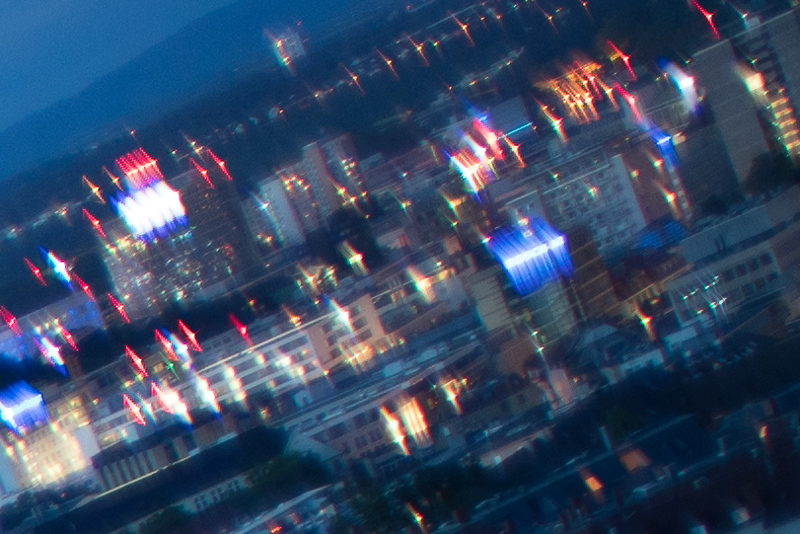
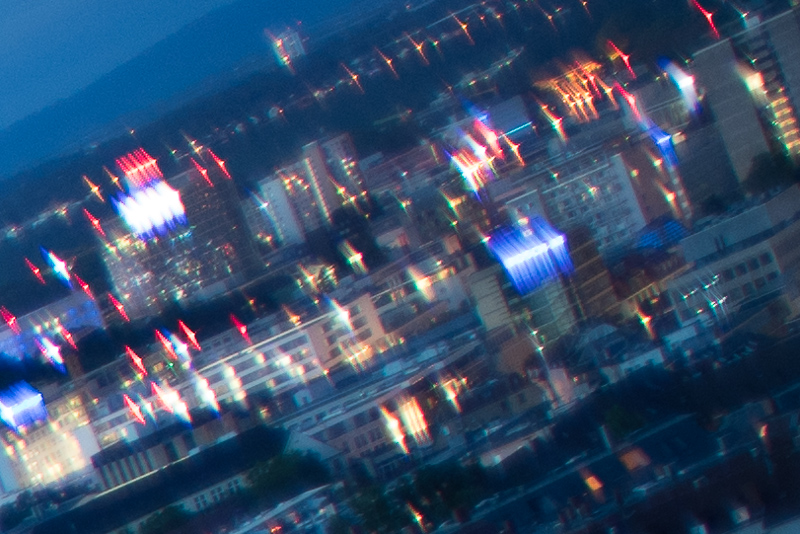
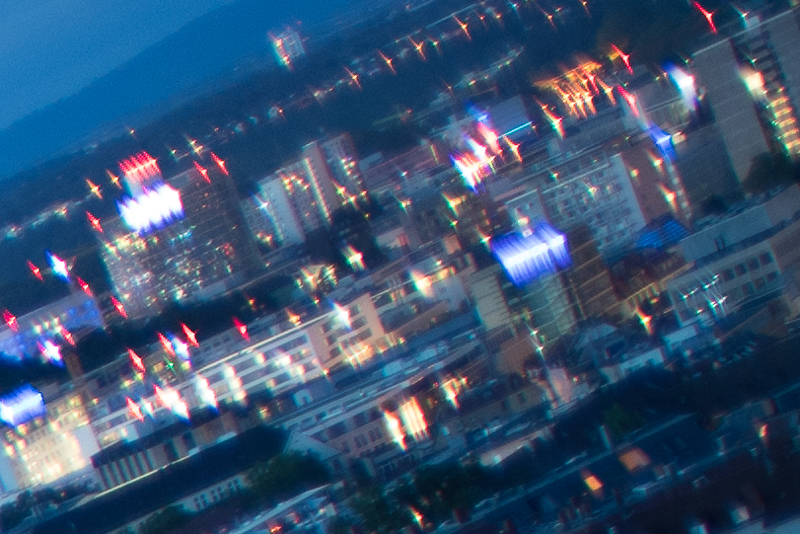
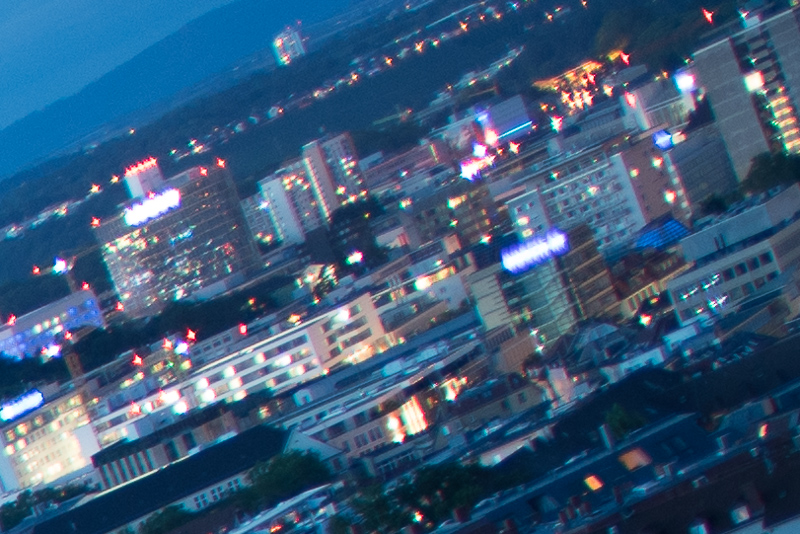
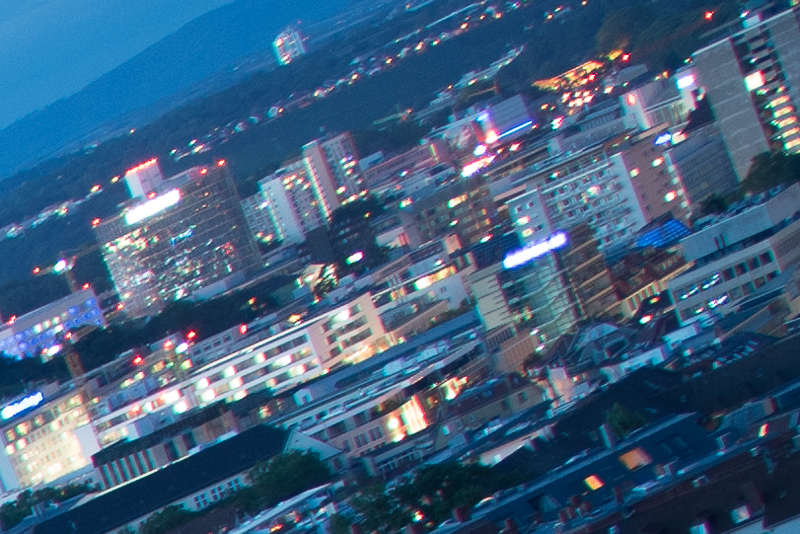

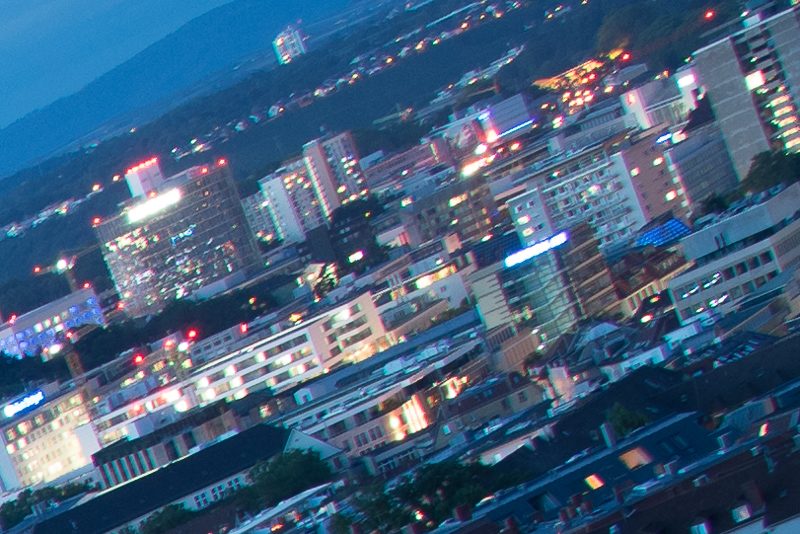
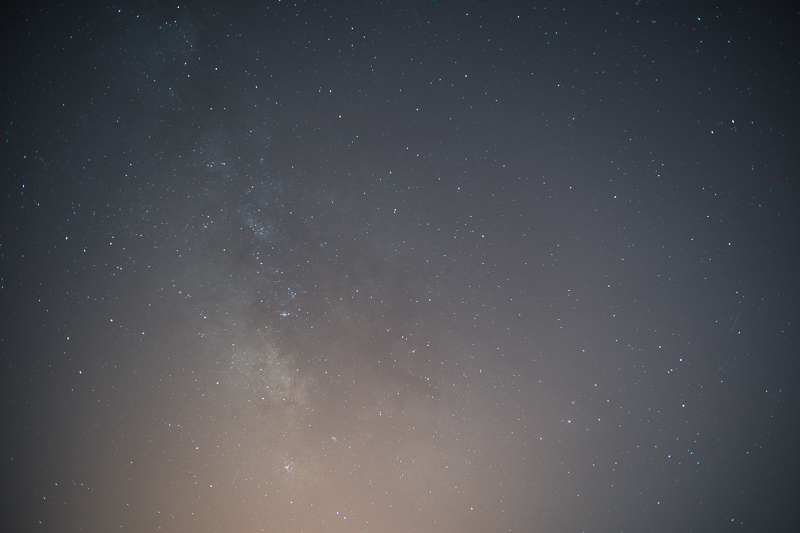

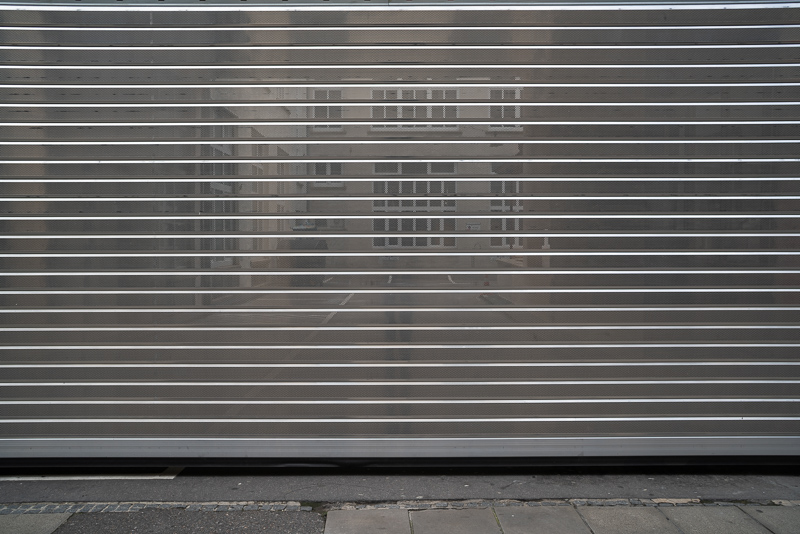

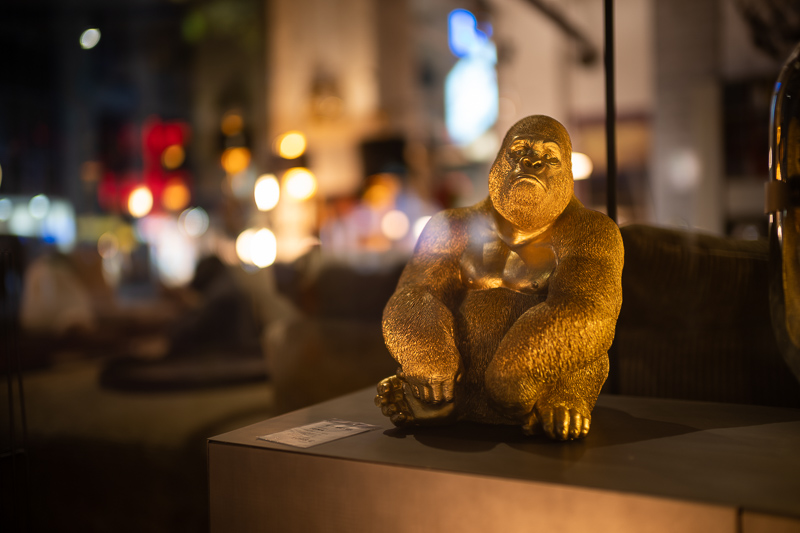
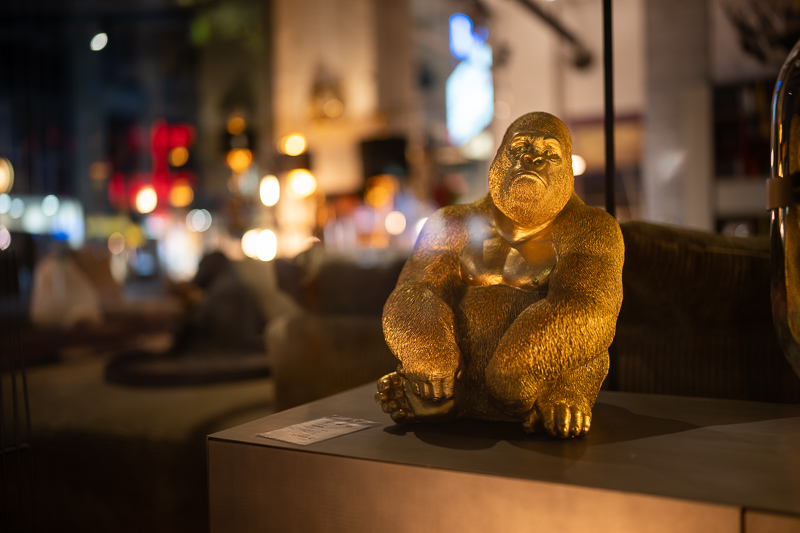

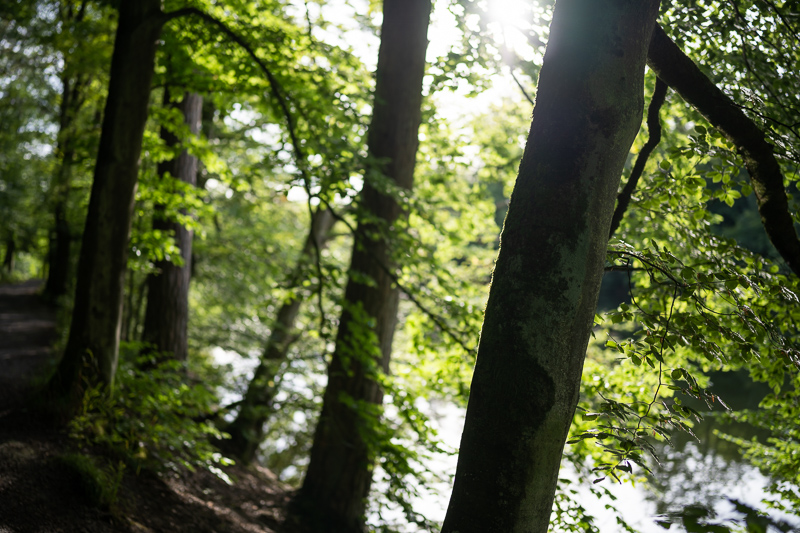
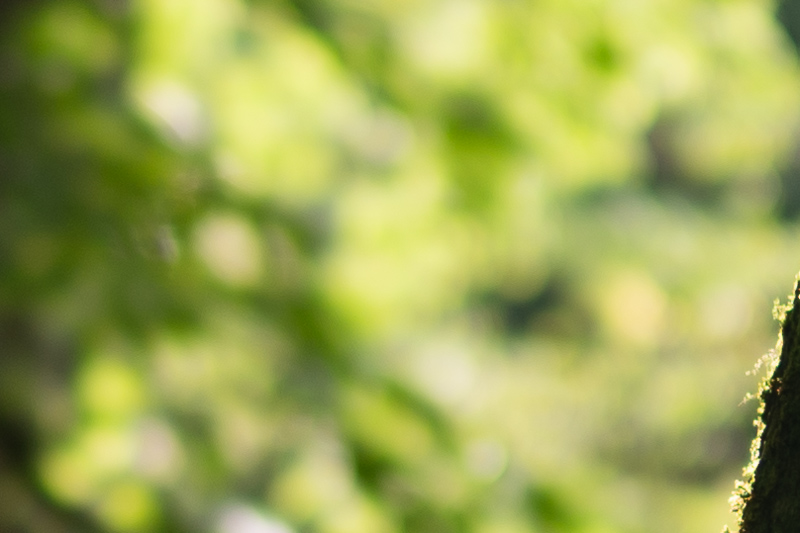
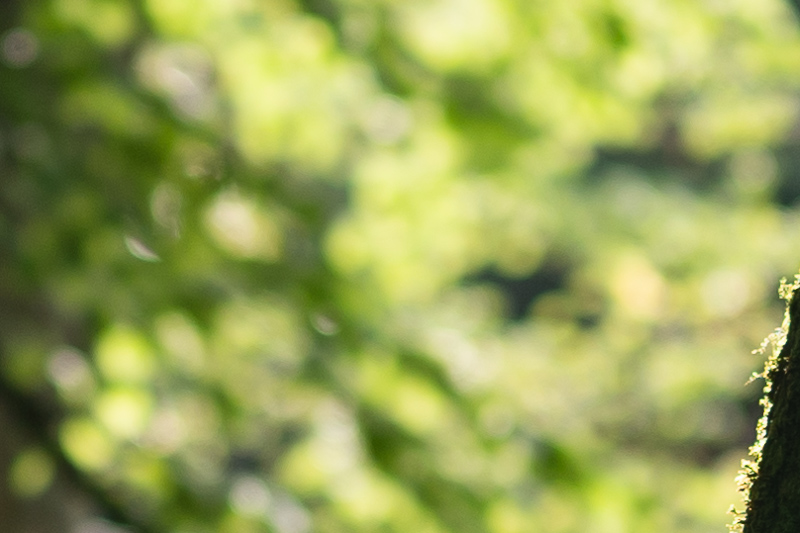
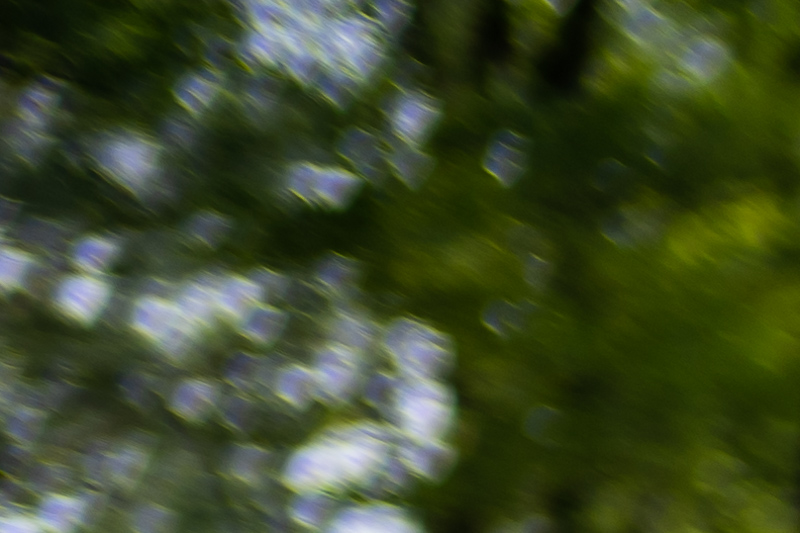
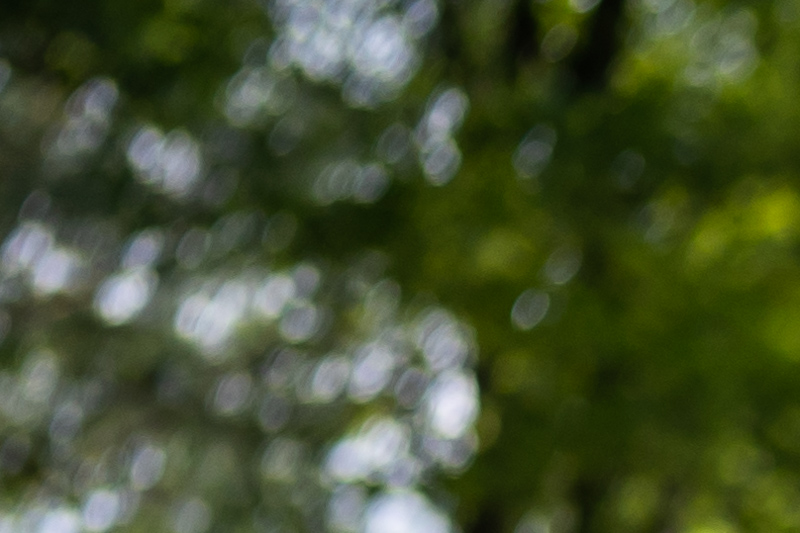
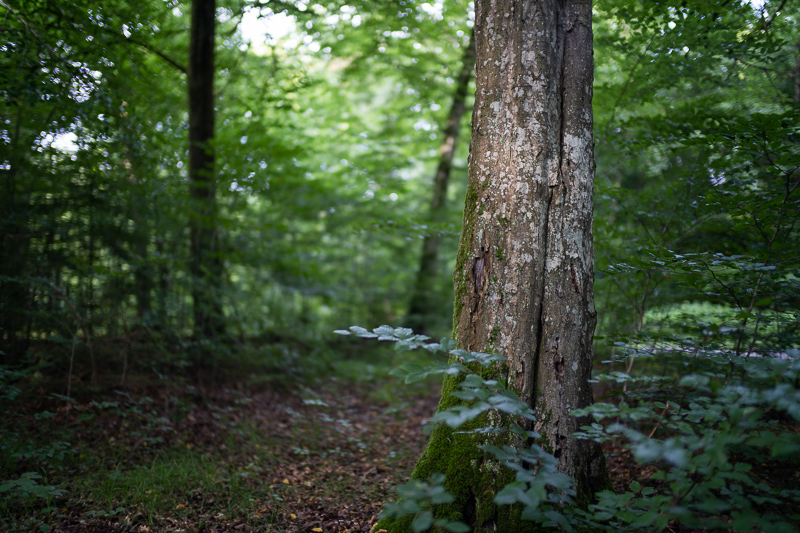
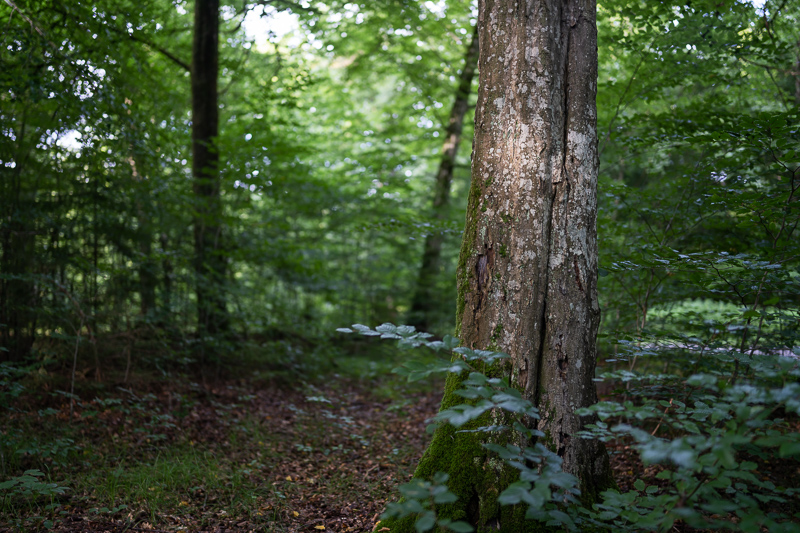
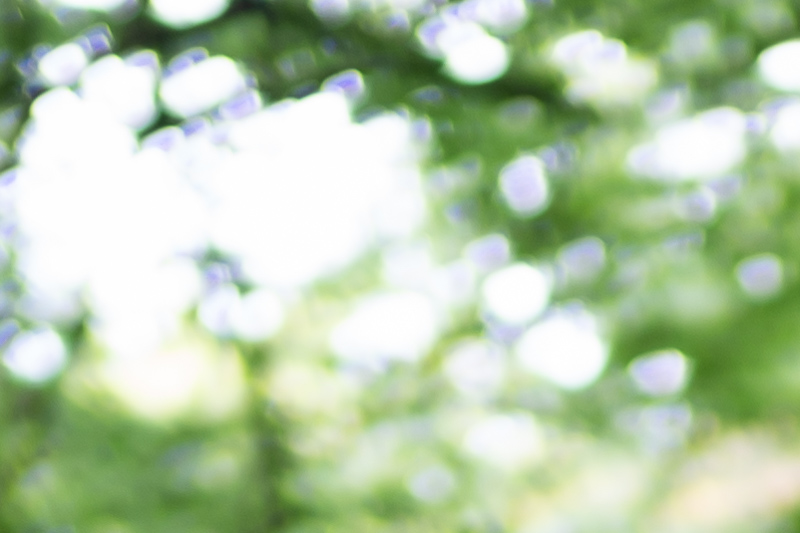
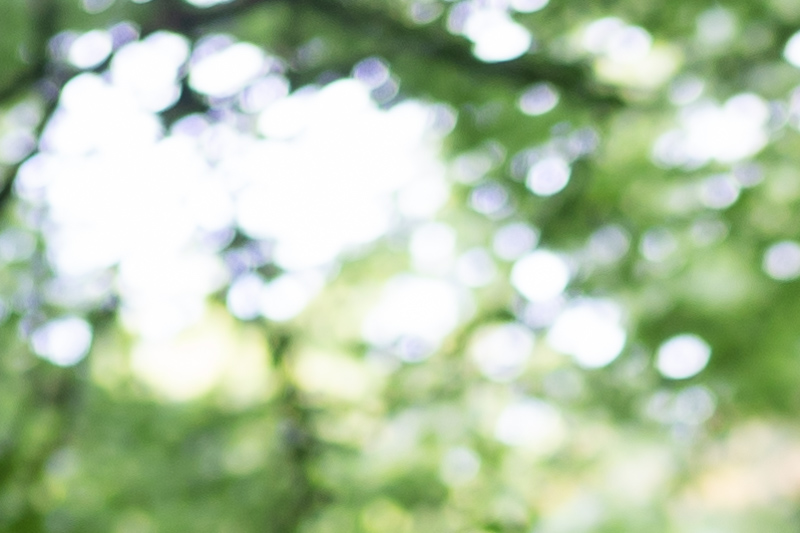
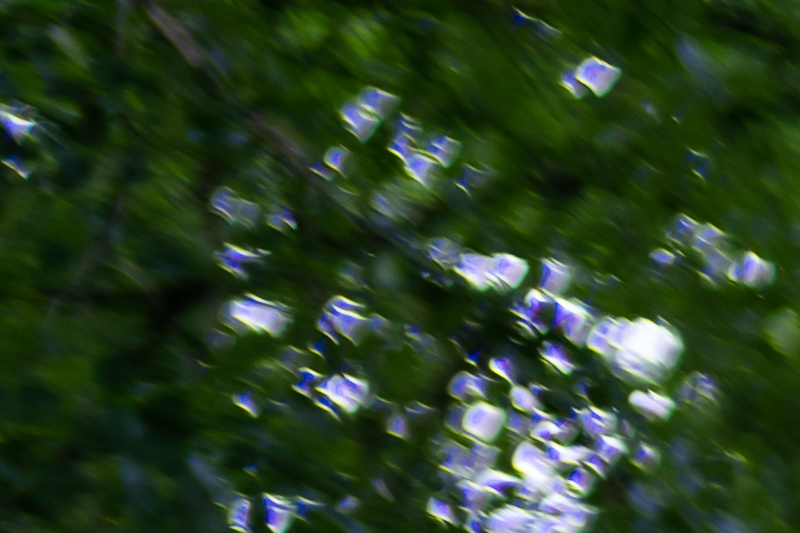
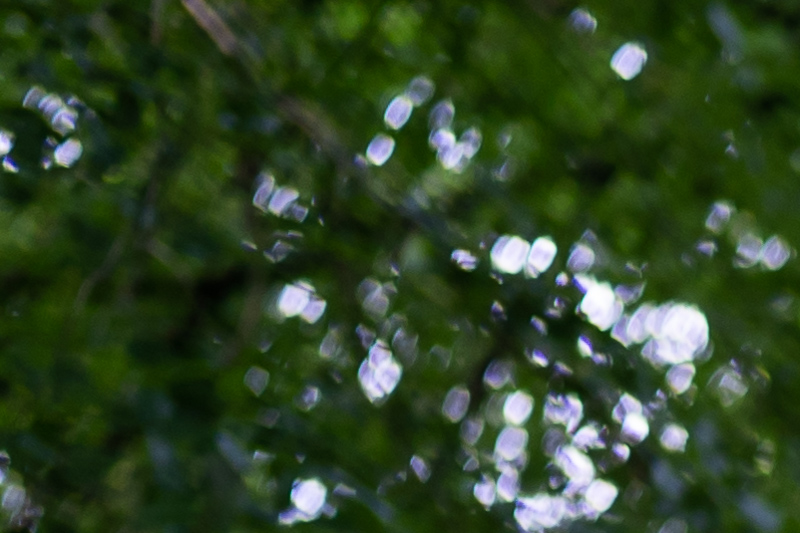
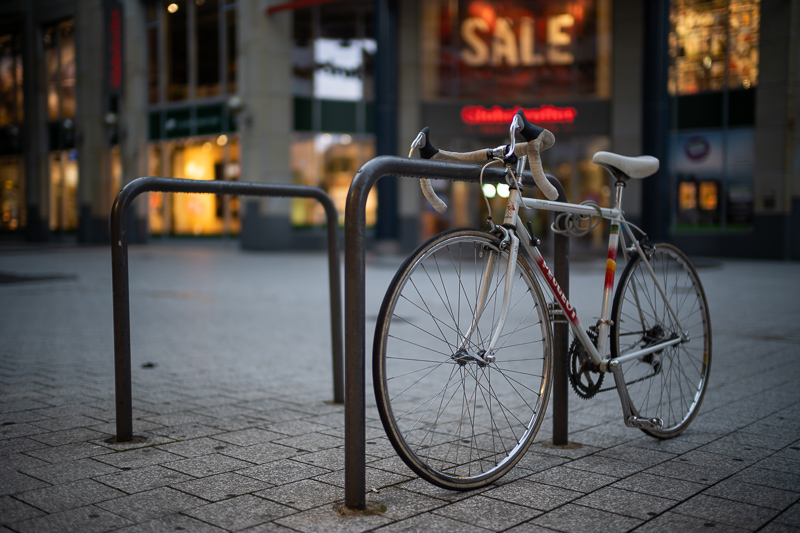
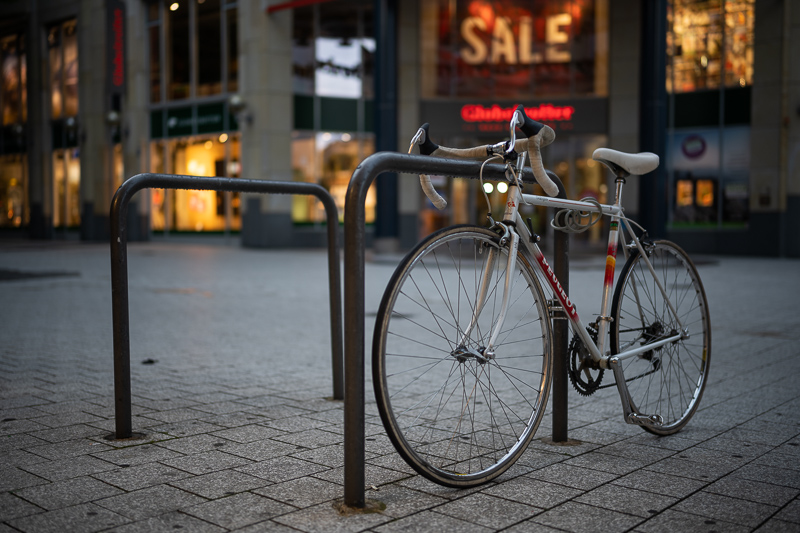
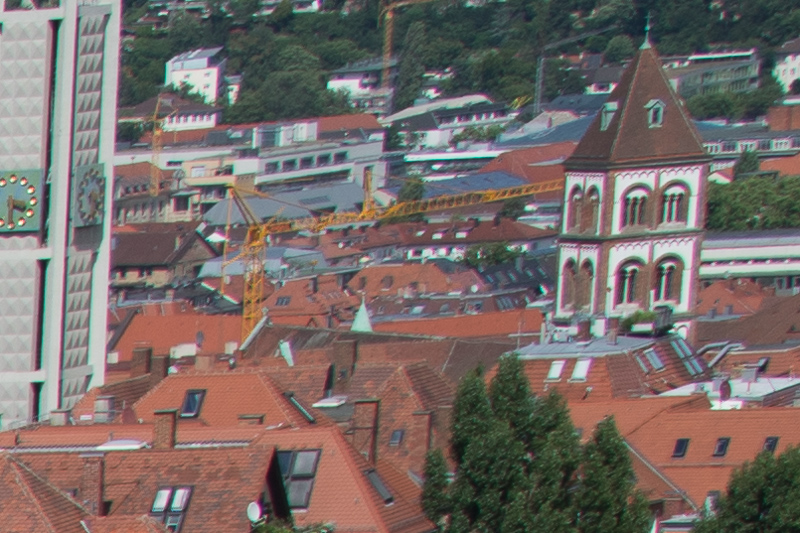
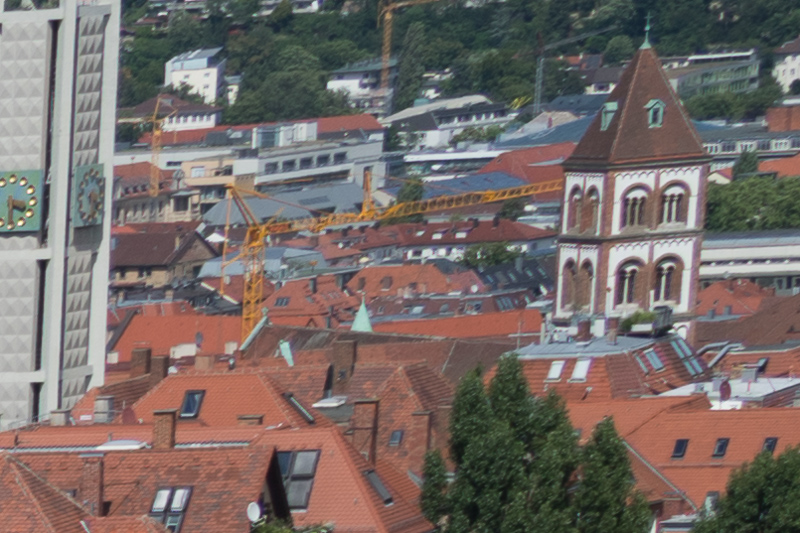
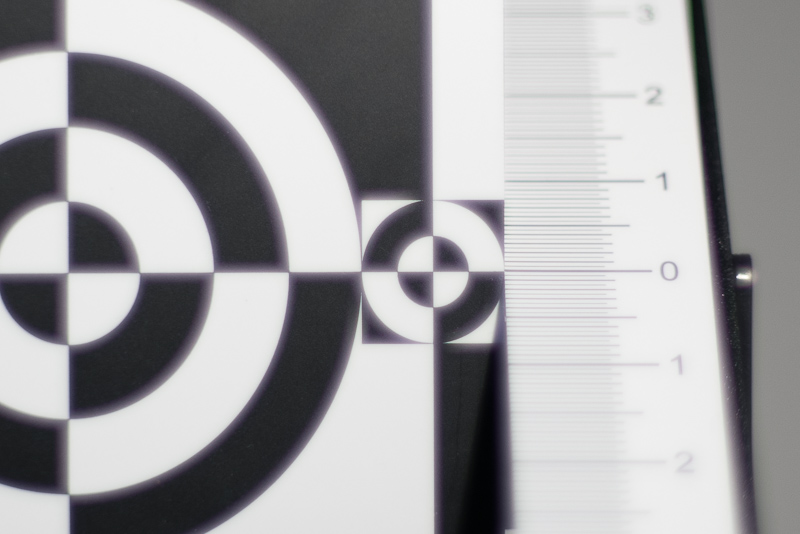
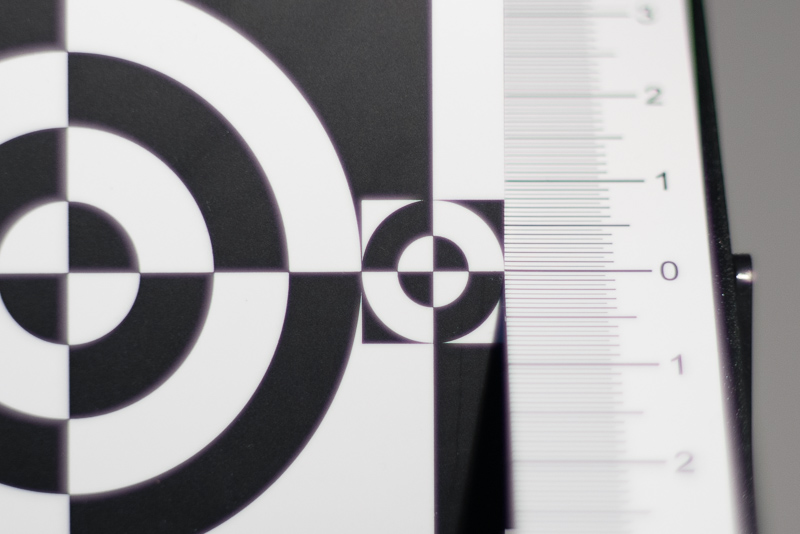
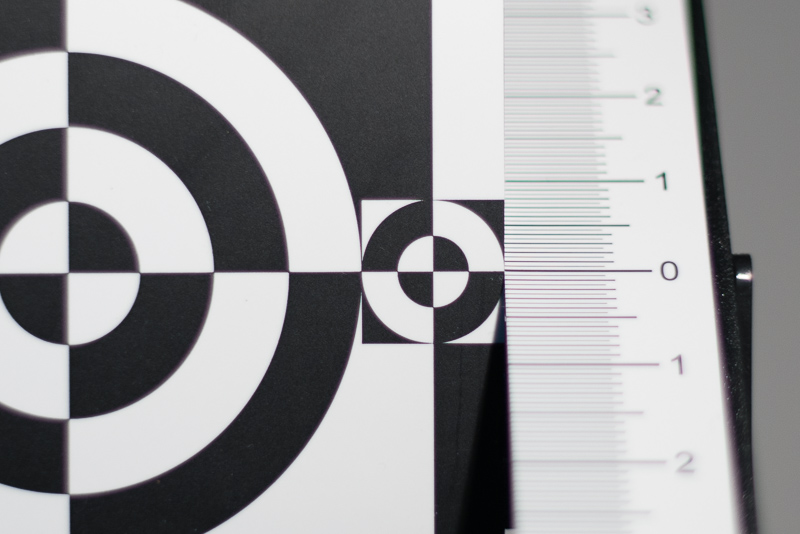
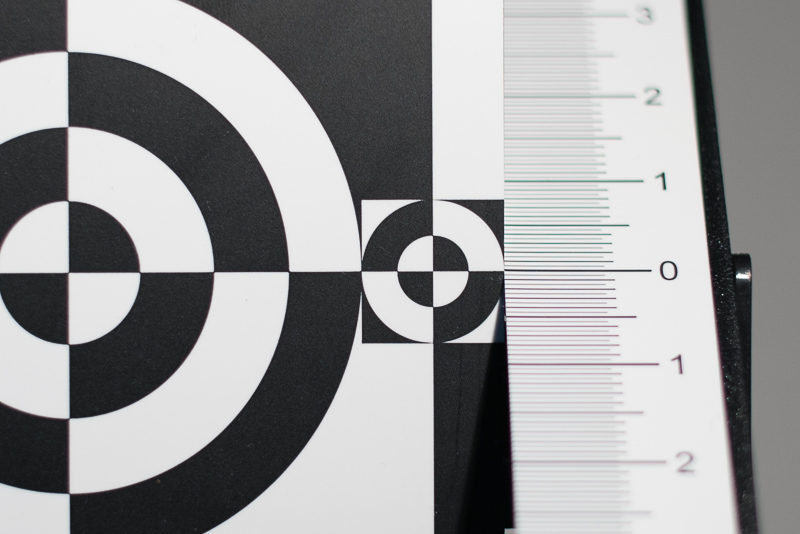
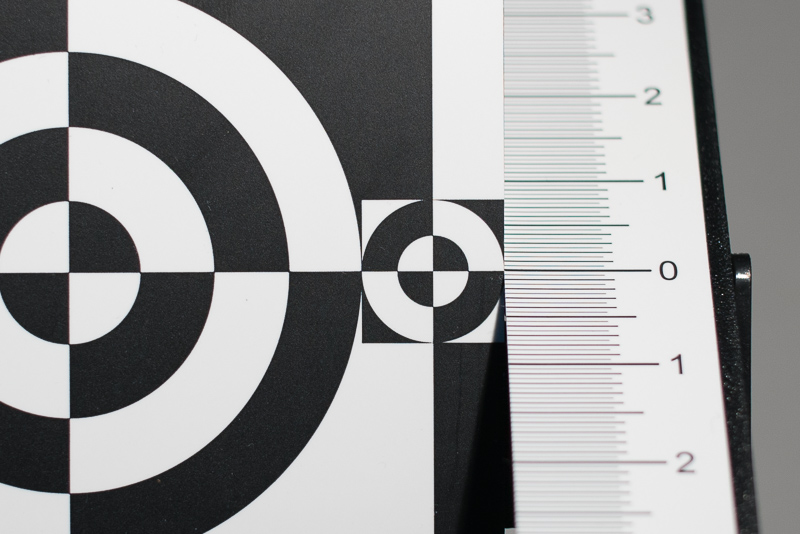

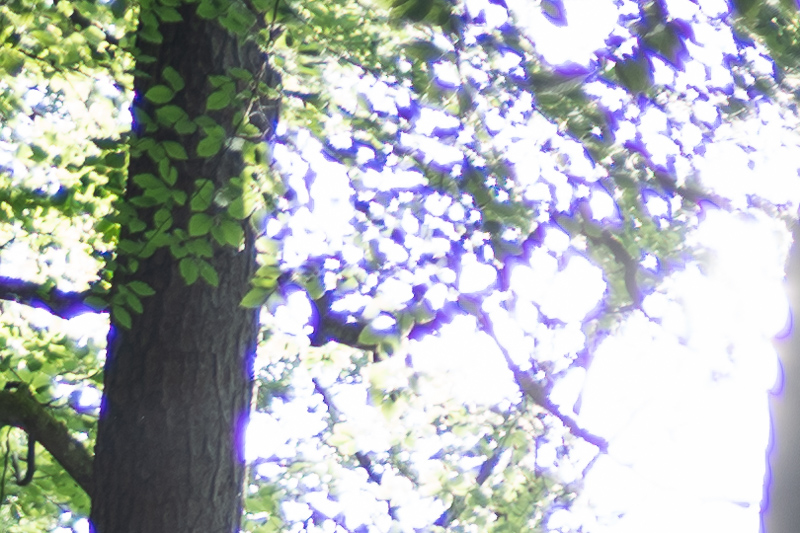
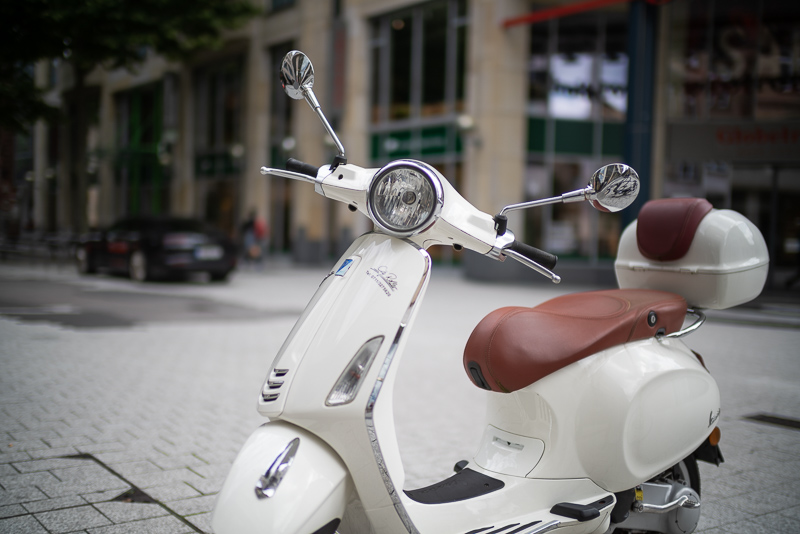
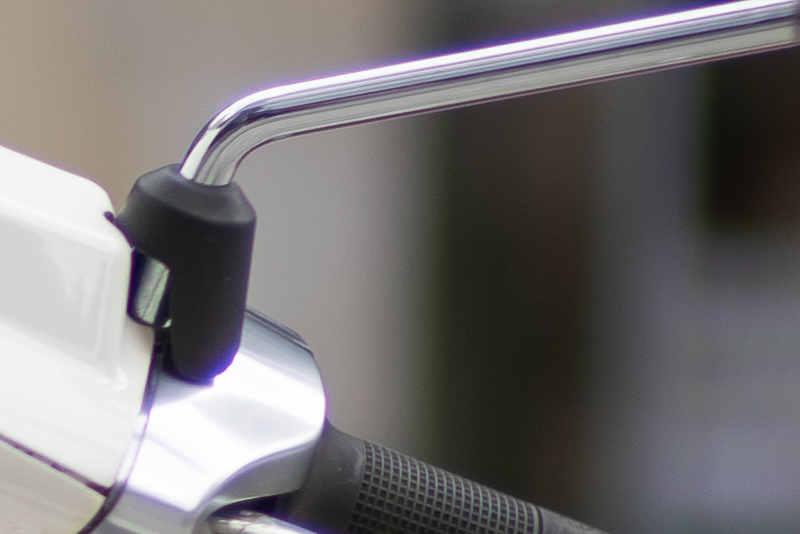
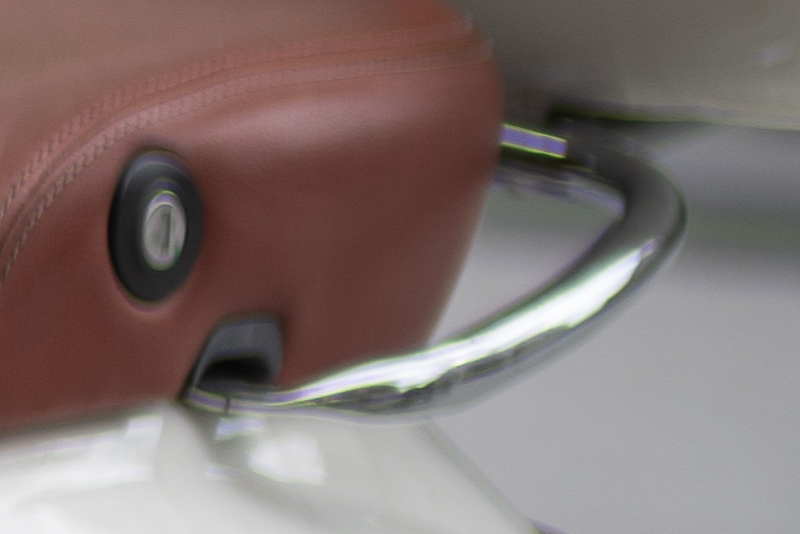
I *love* the rendering on this lens. But your big nit with Laowa is mine, as well. If this were much less expensive, I’d overlook the lack of electronic contacts. But in the US$900 range, you’re going to be compared to Voigtlander Nokton lenses which are quite good.
To be sure, I’m very happy to see that they’ve got a clicked aperture (and ability to disable that for those who are shooting video).
But I want to be able to change aperture without taking my eye out of the EVF and know what my aperture is set to. And I want accurate EXIF on the photos that I make. For $900, this really should be included.
I’m going to hang on to my Voigtlander Nokton 40mm f/1.2 E mount.
My feelings exactly. i’ll stick to my Ultron 35mm f1.7.
I think it’s a lost opportunity for Laowa (or anyone else). having electronic contacts makes so much sense for shallow depth of field shooting.
The pictures in this review are simply stunning, in most situations I prefer the Laowa to the sigma with a few exceptions. I would buy this lens if it were priced differently or had electronic contacts. and I would pay a LOT of money very happily for this lens if it had autofocus, I usually prefer manual focus lenses (hence me being on this website, to begin with) but sometimes you just want autofocus especially with a walk around lens. I would be willing to forego that though since I feel like this lens would just be so useable. the other f0.95 lenses all seem to mostly be targeted towards people that should just shoot with a longer focal length, to begin with. 35mm f0.95 on a full-frame makes a lot more sense to me and seems very useable, I love shooting at night and with a 35mm with this aperture I feel like it would be very practical, even manually focusing as there is enough depth of field to focus accurately and get what you want in focus and leave some background for when you want it. it also seems to really solve the problem of pretty much every other 35mm shot wide open of the really nervous bokeh transitions. thoroughly enjoyed reading this one and if the price came down or Laowa added electronic contacts I would not hesitate to sell off some other gear to purchase this lens as it could replace quite a lot of gear.
On the first glance, this lens is very suspiciously similar in size and weight to the mysterious Zenitar 35mm f1.0.
But Laowa’s optical scheme indicates 1.5х more glass inside, which leads me to believe aforementioned Zenitar wasn’t a Laowa’s creation.
Overall, surprisingly good lens. I expected a 35/0.95 to be a complete joke.
What’s next? 85/0.95?
I tried the Zenitar 35mm 1.0 at the last Photokina fair, it is a complete joke compared to this lens.
It would be interesting to do the same test for Zenitar 35mm/1,0
The price difference is too big.
After the abysmal Zenitar 50mm 0.95 E I will not waste my time reviewing another of their lenses in the future unless there are indications that they significantly improved (and there are by no means any signs they did).
Thanks Bastian, good review, nice shots from Cappadocia.
Planned to visit it as well this year but switched to Saxon Switzerland due to C…
hmmmmm I will be in the market for a fast and compact 35/40mmish lens and I am actually incredibly impressed by this. It is smaller, faster, AND cheaper than the Sigma. My reservations with the sigma are its size and price. Now it is between the SE Nokton 40mm 1.2 and the Laowa 35 .95. When I decide that it is fiscally responsible for me to blow another grand on camera gear I’ll see what i’m feeling 😂 in a year I expect to find them used for $700 maybe. This will be a V difficult decision
btw, I love your photography here (the air balloons 😍) and hope you had a good trip to Turkey. What lenses did you bring/use besides this one?
If you want the full statistics, I took:
13% of the images with the Laowa 9mm 5.6
2% with the Laowa 15mm 2.0 (astrophotography only)
12% with the Zeiss Loxia 21mm 2.8
56% with the Laowa 35mm 0.95
15% with the TTArtisan 50mm 1.4 E
2% with the Voigtlander VM 75mm 1.5
When looking at the pictures I like (I gave them a rating or color of some kind in Lightroom) it looks like this:
12% of the images with the Laowa 9mm 5.6
1% with the Laowa 15mm 2.0 (astrophotography only)
8% with the Zeiss Loxia 21mm 2.8
63% with the Laowa 35mm 0.95
16% with the TTArtisan 50mm 1.4 E
0% with the Voigtlander VM 75mm 1.5
Usually I would have not carried 35mm 0.95 and 50mm 1.4 at the same time, but I wanted to take some nice samples with the 50mm 1.4 E
which also arrived one day before I left for turkey.
I was mostly in cities, so no need for a tele lens. Not even the 75mm I used much.
I may also update the Laowa 9mm review with some better samples in the near future 🙂
Excellent review and fotos, as usual Bastian.
It seems you preferred the fotos from the Laowa 35 mm 0.95. Just out of curiosity, was this more due to the 35 mm focal length that you seem to like a lot, or more due to the rendering of the specific lens? I.e. would you have preferred the Laowa even if you would have had e.g. the Sigma 35/1.2 or the Voigtländer 35/1.7 at hand.
I really like the look of both the Laowa and the Sigma, but they are considerably bigger and heavier than what I would like to carry around. The 35/1.4 GM being out of my price range, it seems the Sigma 35i 2.0 would be my best option. Looking forward to a review from Phillip, and perhaps David, of this lens. Hoping that it is an AF equivalent of the VM 35/1.7, minus the sunstars.
Ah there are several things to consider here:
I always try to use the lenses more I haven’t reviewed yet.
If this wasn’t the case I also wouldn’t even have brought the TTA 50mm 1.4 E and would have used the 35mm 0.95 some more instead.
Of course some of the places in Turkey I will not go back to too soon, so I made sure before the trip if the 35mm 0.95 will give
satisfactory results – which clearly was the case – so I didn’t think that rendering-wise I will miss out on something compared to the Sigma 35mm 1.2 Art.
I have rather gained something when it comes to the full body shots.
For pictures of the not so well trained horse the AF might have come in handy. Or it might have made things worse, I am actually not 100% sure.
For the wedding I shot yesterday I carried the Sigma 35mm 1.2 though as AF makes shooting a wedding a little less tedious.
Interesting that you didn’t use your 75 much, but I guess you had 6 lenses to choose from and limited time. I spent the summer in Greece and brought my Nikon G 20mm 1.8, My CZJ 35mm 2.4, and V Nokton 58 1.4 but I didn’t bring a telephoto and deeply regret it. It would’ve been nice for architectural photography.
Will you buy the Laowa 35 f0.95 for yourself?
I already have:
Sigma 35mm 1.2 Art DG DN
Voigtlander VM 35mm 1.2 III
Voigtlander VM 35mm 1.7
So probably I shouldn’t, but it is pretty likely I still will…
Hi Bastian
If You had to pick one, would it be Laowa 35mm/0.95 or 45 mm? You’ll probably indicate 35mm (cause You are a fan of this FL : ), but are they similar in terms of optics, construction and image quality, or you think one is better.
Greetings, Paweł
Hi Paweł,
the 45mm is a bit sharper, but the 35mm has better bokeh therefore it is my preference.
Best regards,
Bastian
Huge lens, stunning pictures. I think that about sums it up for me:)
Guess size is relative these days.
Most people think the Sony FE 35mm 1.4 GM is small for a 35mm f/1.4 lens, now the Laowa being more than a stop faster and exactly the same size is considered being huge 🙃
FE 35GM is auto lens and Laowa 35/0.95 is a full manual one. Size comparation is in different territory (auto/manual).
This is pretty much irrelevant. The optical design is way more important for the size.
Great review and great images of an interesting lens. The first shot is superb! I appreciate all th effort in testing all the details. It’s also great how this lens performed here. This lens is all about the look though and i personally really like the flares from this one, too. So the Con is in this case more of a plus for me. If only they would add electronic contacts, that would help a lot. Especially for you doing the review, are you taking notes of the aperture for all images?
It would be a lie if I told you I didn’t prefer to review lenses with Exif data 🙂
What I do is:
Usually for one “shooting scenario” I pick only certain aperture values like e.g. f/0.95, f/2.8 and f/11 and then I try to only memorize the ones that weren’t f/0.95 and not obviously f/11, that makes things easier.
Later I often add tags in Lightroom according to the aperture value used.
I checked out the gallery on DPR and saw alot of missed focus images even at full body distance. So i wonder how hard is it to focus this lens (nail focus) from your experience? Full body (3m+) distance should give >30cm DoF, so that shouldnt be too hard.
DPR seemed to have like 10% keeper rate, whats yours?
I will copy something here that I already wrote at Fred Miranda forum:
It is easier to focus than the VM 35mm 1.2 III (esp. at full body portrait distance) or TTArtisan 50mm 0.95 / Zhong Yi 50mm 0.95 E II(I) / MS-Optics 50mm 1.0 ISM
and plenty of other lenses I have used, so I really wonder why some reviewers seem to have struggled with that a lot.
I didn’t feel at any time that it was particularly difficult or different from other very fast lenses.
For some lenses it can indeed be the case off center, when astigmatism is too high or even in the center
when max contrast and max resolution are not in the same focal plane (Canon EF 85mm 1.2L at close distances is one such lens).
How would you compare it to Voigtlander 40mm f1.2 despite being 5mm longer?
Which one would you took?
I have it currently and Laowa shows great bookeh at mid-long distances where Voigt struggles
It sounds like you already know my answer 🙂
I feel the same about the 40mm 1.2 bokeh at mid-long distances.
Also stopped down the extreme corners are always noticeably mushier than the rest of the frame and (to my eyes) a bit distracting.
I bought the VM 35mm 1.2 III shortly after release (luckily mainly to use with the Leica M10, otherwise I would regret it now) but when I had the choice between this lens and the 35mm 0.95 I would pick the f/0.95 most of the time.
PS: I would have included the Voigtlander 35mm 1.2 in the bokeh comparisons, but it would have been a bit unfair to compare the M-mount version on a Sony camera to the other E-mount lenses (Sigma 35mm 1.2 and Laowa 35mm 0.95).
I could have used the VM 35mm 1.2 III on the M10 instead and compared it to Sigma/Laowa on Sony camera but I was wondering how helpful that would end up being as I couldn’t even guarantee same distance and framing anymore.
Thanks for your great review and the amazing images. I was in the search for a manual 35mm lens for video work and narrowed down my choices to the dzofilm and meike 35 t2.1 lenses. then the laowa joined the game and actually i ordered that lens directly after announcement.
its lighter, cheaper, has a very long focus throw which is perfect for using it with a follow focus, and from f2.0 onwards optical quality should basically be on par for 4k filming between the lenses…with added benefit of having the possibility of using it wider open when the need arises.
i am looking forward to try it out, should arrive tomorrow.
Had to look up the DZOfilm lens, never heard of it, interesting…
Maybe consider sharing your findings regarding using the Laowa for video here later, as this is something I rarely do and don’t know much about 🙂
my first impressions on my R6 for 4k video:
-its very nicely made and compact
-there is a big contrast loss wide open, yet it does not look mushy or unusable
-the lens gets noticeable sharper at f1.2 and contrast is nice. i would gladly use it all day at that aperture expect for close-ups that need a lot of detail
-it looks sharp at f1.4 in the center and its hard to see an improvement when further stopped down. at f2 i cant see a difference to f.e. a sigma 35 1.4 art for most of the image circle. further stopping down mainly gives better edges if needed for the shot
-vignetting does not seem to be intrusive, i like it
-the lens has a beautiful bokeh that looks much more “organic/cinematic” than f.e. the sigma 35 1.4, even at f4 or f5.6. big points! also the softer edges below f/2.8 draw the view to the subject
-breathing is okayish, better than a lot of photo lenses, but there is some if you really rack from infinty to close-ups
-the long focus throw makes it super easy to focus with a follow focus, and my tilta nucleus nano has no problem moving it. its damped but not stiff. its the easiest 35mm lens to nail focus with that i tried out so far. especially at half to full body distances where a lot of other photo lenses are very fiddly.
-the aperture ring, beeing so close to the camera body, is hard to reach, see and turn on my rig. i will try some focus gears to make it more grippy
-so far i really like it and will use it in the field as soon as possible. seems to be a nice alternative to a proper cine lens for me. shame laowa doesnt make a ~75mm (yet) to accompany it.
i will post further details once i used it on some shoots 🙂
I don’t know about your lighting setup (obviously 🙂 ) maybe check if the loss of contrast isn’t mainly due to veiling flare (which I think it is).
An improved lens hood (e.g. DIY matte paint on the inside) or other video equipment for shading the lens might solve that.
are you planning to review VM APO 35 2?
If I get a review sample from somewhere: yes.
Can anyone comment on the T-stop of this lens? I tried looking in the EXIF data for the comparisons with the Sigma 1.2, but the city night shot has the same exposure (so I assume it was matched in post?) and the woodland shot has an exposure of 1/1250 for the Laowa and 1/1250 for the Sigma—does it actually transmit less light?
Thanks!
Exposure was matched in post, this is correct.
In the bike city shot I had to lower the Laowa’s exposure by 0.2 EV to match the Sigma, in the shot with the monkey by 0.5 EV (same exposure times on both lenses).
And here you already see the problem: cameras do not think in 1/3 EV stop increments,
they will adjust (usually) the ISO to give what they think is the “optimal” exposure
when any automatic function is being used and then round it to the next best value.
Therefore in 99.8% of cases when people make claims about a lens’ T-stop what you get is 100% bullshit.
DXOmarks measurements are also wonderful, they have different T-stops for the same lens when tested on different cameras.
Therefore you won’t see me making claims about a lens’ T-stop, I cannot measure it properly and I doubt anyone without at least an optical bench can, as the camera adds way too many variables you don’t even know about.
Thanks for the reply!
I appreciate there are lots of variables but I think it’s still helpful… After all, what I’m interested in is the ISO for an equivalent-ish exposure in low light, so knowing it’s in the 0.2 to 0.5 EV range is a start (ie, compared to a similarly element-heavy lens, it’s possibly a little worse than labelled?).
If you did want to measure it without an optical bench, presumably the best way would be to lock everything down in-camera and compare the raw files? I don’t see why that wouldn’t give a reasonable result. 🙂
On the label is the f-Stop, not the T-stop, so I don’t know why you think it is worse than labelled.
The difference in f-stop is quite obvious, as can be seen in the bokeh and optical vignetting comparisons.
In the meantime I talked to Roger Cicala about this topic, and even with all the equipment he has it was I quote “PITA” to measure it.
So no, locking down everything in camera won’t cut it.
It might give an idea, not more.
Have you seen Dustin Abbott’s review?
It looks like “his” lens performs much better than yours. I may have to get the Laowa 45/0.95 once it comes out…
https://dustinabbott.net/2021/09/laowa-35mm-f0-95-argus-review/
I don’t see what performs much better there (or worse here), can you point me to it?
His resolution figures appear to be considerably higher. Take corner resolution, for example. His copy looks nearly perfects straight into the very corners at f/5.6 whereas yours still is somewhat mushy. Center resolution seems to be very similar, though. His lens might show slightly better performance at MFD. It might be that while Laowa stated that it’s optimized for distances 1m to infinity, it’s actually better at moderate distances – say 2m to 10m or something.
However, since you bought your loaner, you seem to be very happy with it.
I had another look.
I didn’t see any tests at infinity distance.
Bank notes look more like 2 m distance to me.
The two landscape samples that might be f/5.6 or f/8.0 (not disclosed)
have been cropped to 16:9 (so actual corners not visible anymore) and are only available in 2 mp size.
Maybe they are available uncropped and in higher resolution and I just overlooked it?
Or where did you find those very corners at f/5.6?
Yep, it’s only in his video review.
https://www.youtube.com/watch?v=G4s3vDZss9M
The section starts at 13:10.
At 15:07 there is a 100% view of the corner comparing f/0.95 (left) and f/1.2 (right). Both look pretty decent, actually.
15:14: midframe at f/1.4 (left) and f/2 (right).
15:19: corner at f/1.4 (left) and f/2 (right).
15:50: corner f/4 (left) and f/5.6 (right) – looking mighty fine!
No, he unfortunately never puts his samples up in full resolution. But he shows some of them at 100% in his videos reviews
Did you refocus for your infinity tests? Your caption says you focused on the center. Are we seeing the result of field curvature rather than poor resolution in the corners?
If I didn’t know better I would think you are trolling me.
He is just showing crops from 2m distance, nothing even close to infinity.
I can’t reply to your last message, so I’ll have to do it here.
Huh?I love trolling but no, not this time. I never claimed these to be taken at infinity.
All I said is that his lens seems to perform better than yours.
Nice Lens, nice Colors!
But if you crop away the dark corners its not 35mm
Sony FE 35mm 1.4 GM has almost exactly the same amount of Vignetting at shared apertures, Voigtländer lenses are even worse. Surprisingly only with the Laowa people complain, interesting 🤔
a own a couple of voigtländer lenses but i didnt recognize such a “big jump” in the outer corners like the Laowa. This is not a Vignette this looks like a mask. But its no surprise i had this with some old manual 28mm lenses like the Minolta SI 28mm 2.5 and others.
The numbers are all here:
Laowa 35mm 0.95: f/0.95: 3.2 EV | f/1.2: 2.7 EV | f/1.4: 2.2 EV | f/8.0: 1.3 EV
VM 35mm 1.2 III: f/1.2: 3.3 EV | f/8.0: 1.8 EV
Sigma 35mm 1.2 Art: f/1.2: 2.9 EV | f/8.0: 0.9 EV
Leica 35mm 1.4 FLE: f/1.4: 3.4 EV | f/8.0: 1.6 EV
Sony FE 35mm 1.4 GM: f/1.4: 2.6 EV | f/8.0: 1.4 EV
Having all the numbers next to each other I now notice the Laowa is actually doing the best job at shared apertures, except for the Sigma 35mm 1.2 Art stopped down.
Maybe you are only used to the Voigtlander lenses with auto vignetting correction turned on?
I composed a little blind test, one picture is VM 35mm 1.2 III @ f/1.2, the other one is Laowa 35mm 0.95 @ f/0.95.
Exposure in the center has been normalized.
Easy to tell which is which, right? 🙂
https://phillipreeve.net/blog/wp-content/uploads/2021/09/vignetting_comparison.jpg
Dear Bastiank, slow down.
we are grown ups.
i wrote “nice lens, good colors” but not 35mm if you take the dramatic step concerning the vignette in the outer corners into account.
This is my impression. i photograph a lot and if i would buy the laowa i would step a meter backwords and crop the vignette.
Is this acceptable for you?
Your comment implies that the lens shows overly heavy vignetting especially compared to the Voigtlander lenses with comparable specifications.
If I would leave that uncommented someone else might think that is true and draw similarly wrong conclusions.
Actually comparing the numbers to other similar lenses reveals that this lens is doing better than most of the others.
You are by no means alone: another reviewer lists the vignetting as a big con for the Laowa, in the same guy’s review of the Sony FE 35mm 1.4 GM: no word about it, despite the numbers being worse, not better.
Such irrational things always leave me wondering: do these people review the actual item or rather show me which brand they like more?
Anyway, of course you can take pictures from any distance you like and crop them as much as you like 🙂
Thank you Bastian for your unbIased reviews of so many different brands at this blog! I apriciate this attitude very much!
Hey Bastian, I like the last sample shot of the cappadocian night scape a lot. May I ask, as it’s shot wide open, did you focus on the rock or the stars? Is it one single shot? Also, did you crop this one?
Many thanks in advance, keep up the inspirational work
Hey,
I am not sure if you already saw the full resolution version on flickr.
It is single shot, f/0.95, uncropped, very little editing (if I remember right no local adjustments, only global like contrast or WB) and focus was on the rock.
I was just surprised the stars look that good while focused on the foreground/rock. Yeah forgot to mention i looked at the flickr version. Very nice, I almost thought its a stacked one. Thanks!
Ah maybe that rock is a bit bigger than it looks, it was probably about 25m tall and more than 30m away 🙂
Musste das sein?
Ich rede mir seit Jahren ein, dass ich keinen Bedarf für ein lichtstarkes 35er habe. Und jetzt klebst du hier einfach diese starken Bilder hin, die das Gegenteil beweisen!
Was kann ich tun 😅
Very nice photographs Bastian! I like them a lot!
I have a question about composition. You have several photos in which you have decided to give inclination to the camera.
Results are very nice 🙂
I believe the photographs have more “dynamism”. Probably combined with the short DOF of the lenses of your last two reviews produce very pleasing results.
Can I ask when do you decide to turn the camera? I have tried several times, without very successful results.
Regards, thanks in advance, and thanks again for the nice reviews!!!!
I had to check, but you are right, there are way more slanted pictures here than usual 🙂
I usually do this to get rid of things in the background or make the bokeh more interesting with such fast lenses.
So it might not be thaaat intentional after all.
Except for the very last picture, here I tried to have a “straight” horizon.
Horizons that do not look straight rarely appeal to me.
🙂 You have many successful ones 🙂
a) The photo with the pitcher; b) the cocktail glass; c) the third photograph in the mid range bokeh section, the one in which a lady appear; d) The one with the lady with the flowers in her hair; e) To me the most difficult is the one with the lanterns at the beginning, which has strong vertical “natural” lines.
I read about this technique in a book about the classic Hollywood masters, Hurrell… It looks they were giving tilt to the camera very often to make more dynamic –following the book– a somehow otherwise static composition.
Whenever I made such things I finish with a chaotic composition 🙂 But you master it very well 🙂 🙂 🙂
That is why I was asking 🙂 But of course what you mentioned about background also an important ground
Wow, amazing shots!
Loving the bokeh this lens produces.
How did you go about the editing of the pictures? The colors are just so vibrant without looking too saturated. Wondering how you pulled that off 😉
There was no special editing here, but you can always have a look at this article.
Hi Basti,
thanks for the amazing reviews and the great samples! Do you think the 50mm 1.2 Nokton is a good match in terms of rendering / Bokeh? Just got the 35mm Argus and fell in love with manual focusing, again. I was thinking about the 1.2 Nokton to complement the Argus. From what I am seeing, renderings seem to be matching pretty well.
I have the 50mm Planar and was eyeing the 50 GM – but that lens renders too clean, too little character for my style / taste. What are your thoughts? (It’s hard to get hands on a 1.2 Nokton in a store to try for myself.)
Also I found a pretty strong reddish color cast of the Argus 35mm when using the lens with WB presets – and also when using AWB (on 7S3, 7R3 and A9) – compared to native Sony Lenses (2470 GM, 85 GM, 135 GM). Did you notice anything similar – did you make a manual color profile for the lens?
Thanks and greetings from Berlin,
Janosch
Hi Janosch,
I actually think the Nokton 50mm 1.2 would be a good match in terms of rendering, yes.
During the review the Laowa reminded me of it a few times actually.
Regarding color cast:
I do not use WB presets, I always use AWB.
In the bike bokeh comparison scene AWB picked 6250/-7 for the Laowa, 6350/-10 for the Sony GM and 6550/-7 for the Sigma Art.
For them to match (to my eyes) I adjusted the Laowa to 6700/-7 and the Sony to 6900/-10 and let the Sigma as is.
So in this scene I considered Laowa as well as GM a little cold for my taste and had to increase temperature more on the GM to match.
In the Comparison with the monkey statue the Laowa was the only lens where I slightly increased the temperature to match the other two.
Depending on the scene things may look different but I did not see an overly warm color cast, rather a slightly cool one.
Comparing to the 85mm 1.4 GM might be different though, as the content on the frame will always be different and the higher vignetting of the wider lens may also affect what AWB does.
Hi Basti,
thank you very much for the reply, much appreciated.
I will look deeper into the colors after the next shoot as I was using a variable ND filter and all the reds were oversaturated, especially in shady areas.
Keep the great reviews coming!
Best, Janosch
Variable ND will most likely be the cause here.
Hi! I just got this lens, and I really love it. The only problem is the lack of auto CA correction, and there’s lot’s of it. Can you recommend a way how to do it with free software? I don’t want to pay so much for Lightroom monthly subscription 🙂
If you use Jpegs the camera can correct it for you.
If you shoot raw you should be using a proper software.
My life is too short to try looking for a better alternative to Lightroom instead of just paying 12$/month, so I cannot name any alternatives.
Thanks for the reply Bastian! And you should know that Laowa owes you a commission money because I bought it after reading your review!
I don’t know, I think my Sony A7II, 1. does not know which lens is attached with this one and 2. does not have the profile for this lens. According to my understanding, in order to auto fix CA in JPEG, camera has to have a certain profile, and be able to select it accordingly, and this does not happen on A7II right now. Maybe I should upgrade firmware or something.
Every day you learn something new.
Lateral CA are actually very easy to correct (you do not need a lens specific profile for that!) and Nikon has been doing this in camera for any lens attached since the D90 (if I remember right) from 2008.
So I thought Sony cameras can do the same – yet I never tried until now because I didn’t shoot Jpeg since a long time ago and Lightroom can correct this with one click – but no, changing the lens compensation -> Chro. Aber. Comp. makes absolutely no difference as I just tried for myself.
Several options are discussed here, but I cannot share experience with any of those.
You could try darktable. It uses lensfun database for lens correction and they will create correction profiles for you if you submit samples at https://wilson.bronger.org/calibration
What a great review! Especially those comparisions to Sigma. Thank you!
You are welcome!
Absolutely great review, as always! Thx so much! 1) May I ask how you judge the Laowa 35mm 0.95 compared to the Voigtländer 40mm 1.2? Some of the commenter already use the later lens and seem to be happy with this small lens, which is available for m-mount. 2) In Addition, are there any users of the laowa lens with the Nikon Z system? What is their experience? Thx so much! Appreciate your replies!
Voigtländer 40mm 1.2 and 35mm 1.2 III/SE are very similar, so you can go by what I wrote about the 35mm 1.2 in the alternatives section.
Thx! Really appreciate your expertise
Hola Bastian, soy de Barcelona y me encanta vuestra web. Tengo una Sony A7R3 y uno de mis objetivos es el Sony 50 F1.2 GM. Tu revisión del Laowa 35 Argus F0,95 me parece muy interesante y no dejo de pensar so sería útil comprarlo teniendo el 50GM. Tambien tengo el Sony 24 F1,4 GM y no me queda claro si el 35mm no estaría muy próximo al 50.bTu que harías? Tendrías los tres? Que utilidad le darias a cada uno? Muchas gracias. Puedes contestarme en inglés pues lo leo pero no lo escribo.
Different people like different focal lengths.
I prefer 35mm over 50mm and I don’t think I would be carrying a 35mm and a 50mm lens at the same time.
As your other lenses are AF lenses a manual focus 35mm 0.95 might be an interesting addition opening up new possibilities but it might also end uo being very challenging.
You may also want to have a look at the Sigma 35mm 1.2 Art which I think gives a look closer to what you are used to from the 24mm 1.4 GM and 50mm 1.2 GM.
Muchas gracias
Good evening Bastian. I have a quesiton… Got the Voigtländer 40mm 1.2 Nokton. This lens has an issue which is annoying for me cause I use the lens many times in mid/long distance to seperate my children from background. So the bokeh in corners seems to sharpen the background nevertheless it is so far away that it had to be blurred like in center. This is an effect all lenses have, but this 40mm unfortunately has it very pronounced. So now to my question: Is this effect for the Laowa 35mm 0.95 better controlled?
Hi Mario,
you are using the E-mount version, not the M-mount version, right?
Because this issue is more pronounced using the M-mount version of the lens on an E-mount camera.
The Laowa 35mm does better in this regard, but not the 28mm or the 45mm (which is also why the 35mm is my favorite among them).
The Sigma 35mm 1.2 also does better, but I am guessing you will find that too big and heavy compared to the 40mm 1.2 🙂
Bastian, thank you for your reply 🙂 I´m using the E-mount version. And for shure, size is THE strength of the Voigtländer. But the corner weakness, once realized, I find it in so many pictures. My Canon 55 1.2 Aspherical and 50 0.95 TTArtisan are not that easy to provoke that effect. If the Laowa performs that much better in corner bokeh, I´m happy to live with its size and weight.
The 35mm 0.95 is a lens I use very often for that, are there not any sample pictures fitting your use case in the review?
There are, but I was not shure it it performs really better in comparison. Cause not having same picture done by both lenses. That´t why I hoped to get that feedback from you. Now I´m happy to offer my Voigtländer and look for the Laowa 🙂
Good morning. My copy arrived this morning. after waiting about a month for shipping to Germany. Had a quick walkout for photos and breadrolls. First impression is awesome and focusing is bit more easy like with my TT artisan 50 0.95. Focus pane is so incredibly sharp. I did sell my Voigtländer 40mm 1.2 for and I’m happy with that decision. Corners in complicated backgrounds look way better from the Laowa. Thank you for that review here. Your pictures here forced me to buy this lens. 🙂
Grüße aus Bonn
Mario
Hope you will enjoy it as much as I do 🙂
That for sure. The 3D pop effect is so impressive. Think it will become my every day lens.
Thank you Bastian
Good evening, hope somebody can help me. This lens bridges my contacts in lens mount. That leads to malfunctions like not beeing able to take photo or been pushed back from each menu. You cannot imagine how long I did stress my brain to find out. So if anybody is facing same issue… maybe with other lens, please enshure that contacts are not bridged. And so if someone has an idea for insulation… I don´t want to grind off material from the lens. Thank you for all kind of feedback. Wish you all fun with taking photos. Mario
Hmm interesting. Haven’t heard of this issue. What camera are you using?
I want to forward this information to Laowa so sent you an Email.
Good morning. I have solved my problem and want to leave the solution here. I did found out that electrical contacts must have been bridged by the lens mount. I did unscrew the mount from the lens. Just 4 screws. Then I could see the issue when mounting it to the camera again. A dentist tool helped me to grind of a bit from affected area on lens mount ring. Black mate paint covers the grinded blanc metal. Quickly assembled the mount ring back to lens and give it a try. It works, issue is gone.
As a Sigma 35 1.2 owner, if this had autofocus I would buy it right now, no questions asked. The difference in Bokeh is definitely noticeable.
Found the lens no box, no hood at a price of 300$.
I looked at your photos from this lens and it seemed a no brainer at this price. I have 35mm GM so need something with more character and stronger bokeh that I can use for environmental portraits.
I know apples to oranges but how would you compare this to Voigtlander 50mm f1 optically? It seems that despite the focal length this one has a slightly smoother bokeh and less optical vignetting but a lot more spherical aberration. Also 1500$ cheaper 🙂
The hood is not really doing much anyway, though I wonder if I could replace it with something third party. The original hood sells for 40$ + shipping, not really worth it.
I would pick the Laowa any day over the Voigtländer, unless I would go out with only an M Mount camera that day.
Thank you for your opinion. I have gotten the lens and taken some test shots.
Less than 10-15m maybe, the center sharpness at 0.95 is still pretty good with the glow that’s part of the magic. For portraits, shots of people and places where it’s about the emotion and the ‘3d magic’ the rendering is a fresh breath of air for my mostly ‘technical’ lenses.
At infinity distance however even the center sharpness falls a bit short for usability (but still beyond my expectations tbh)
One quick question: Does your lens require a hard stop on the focus ring for infinity distance (or maybe slightly below the hard stop but doesn’t seem to make a discernable difference in mine)
The copy that I got also has a one moderate and one smaller scratch at it’s front optics bottom. Decided to keep it at the price point and who knows it may add to the magic (and hopefully not the flare) 🙂
The flange focal distance tolerances of Sony E-mount cameras are not very tight, so whatever E-mount camera I pick, true infinity will be somewhere else.
With all of mine it is somewhere in the marked infinity range though.
Hi Bastian,
For a crop sensor, which one do you prefer – 35mm or 33mm 0.95? I think that FF version makes more sense in the terms of corner sharpness and vigneting. Is it true?
Thank you for your amazing website!